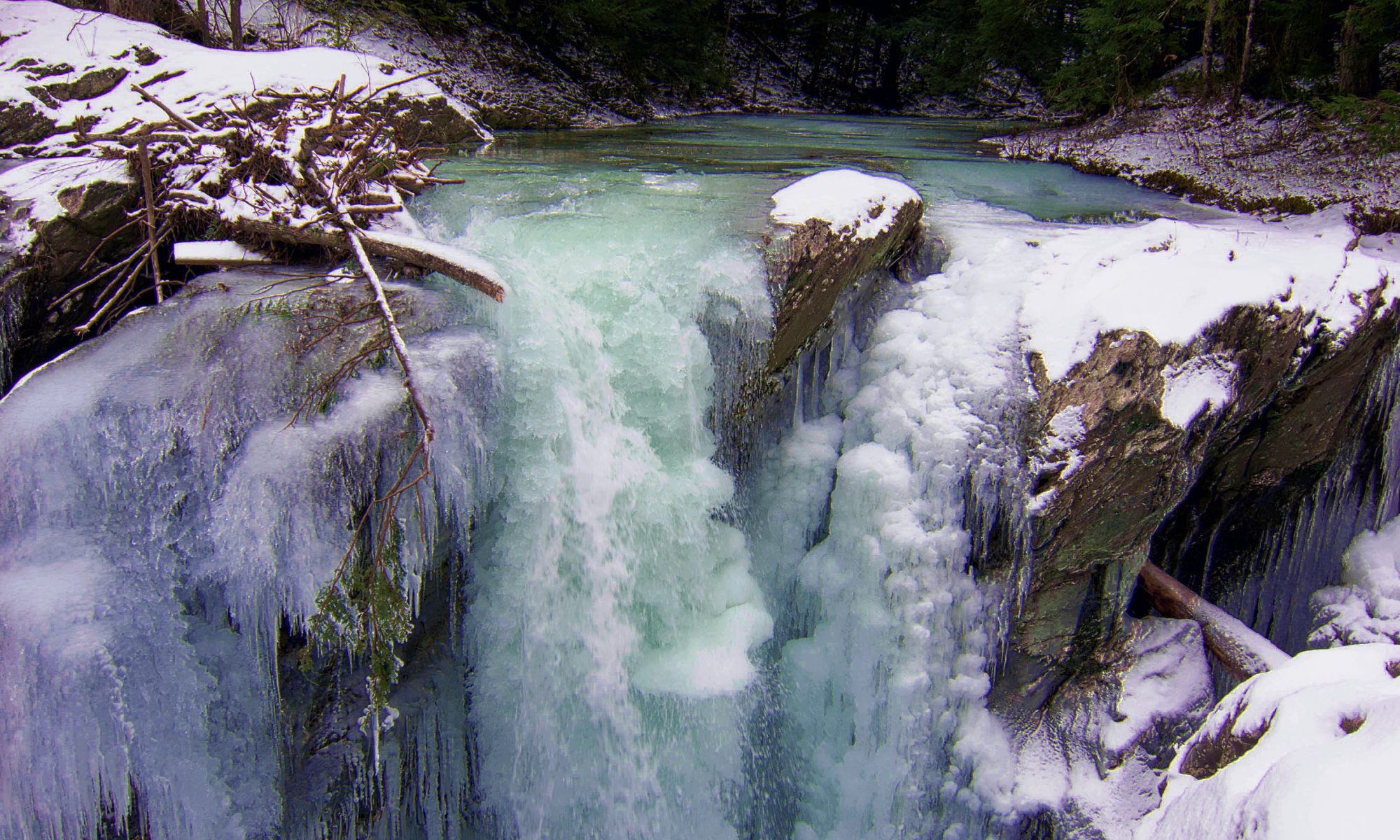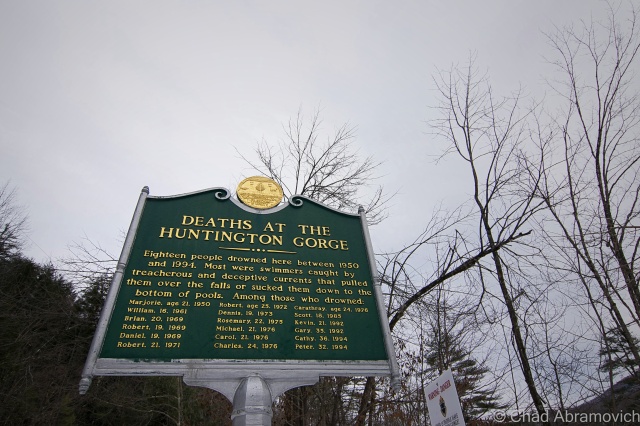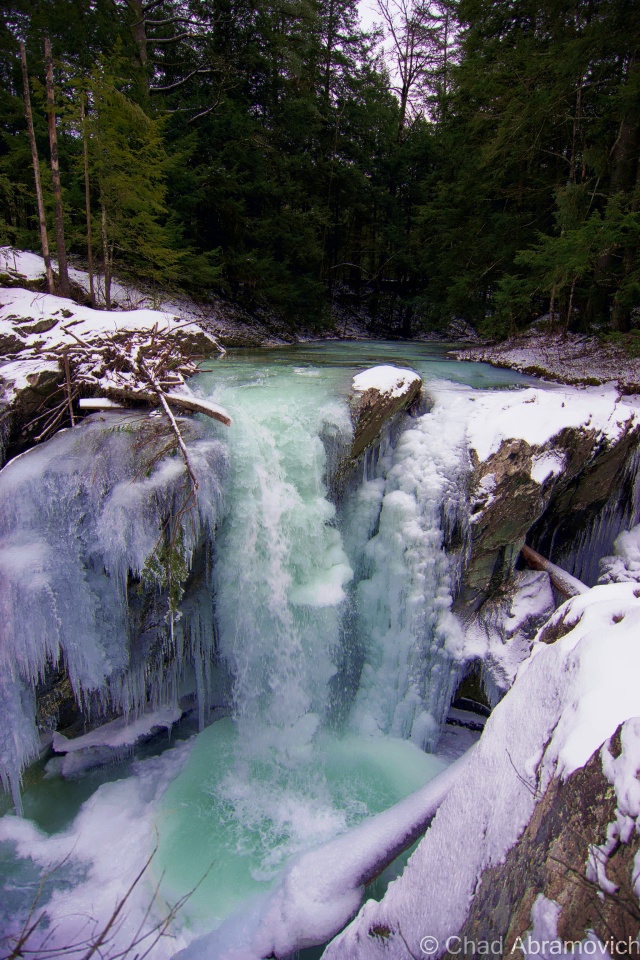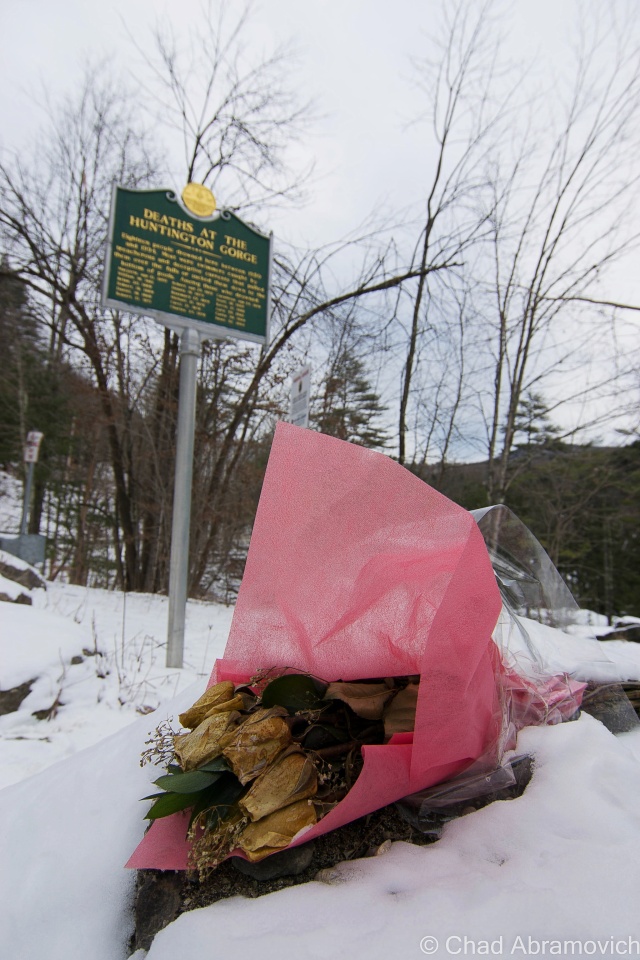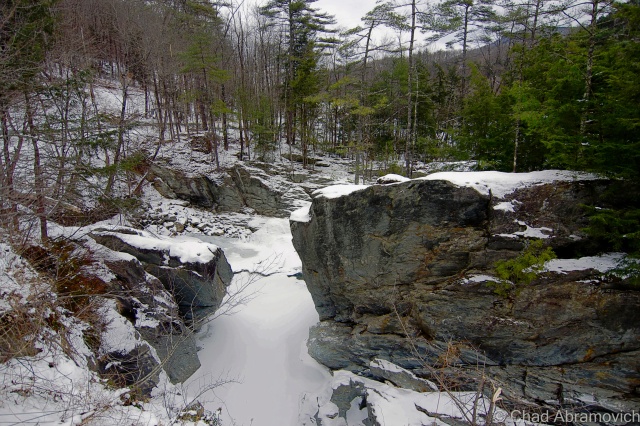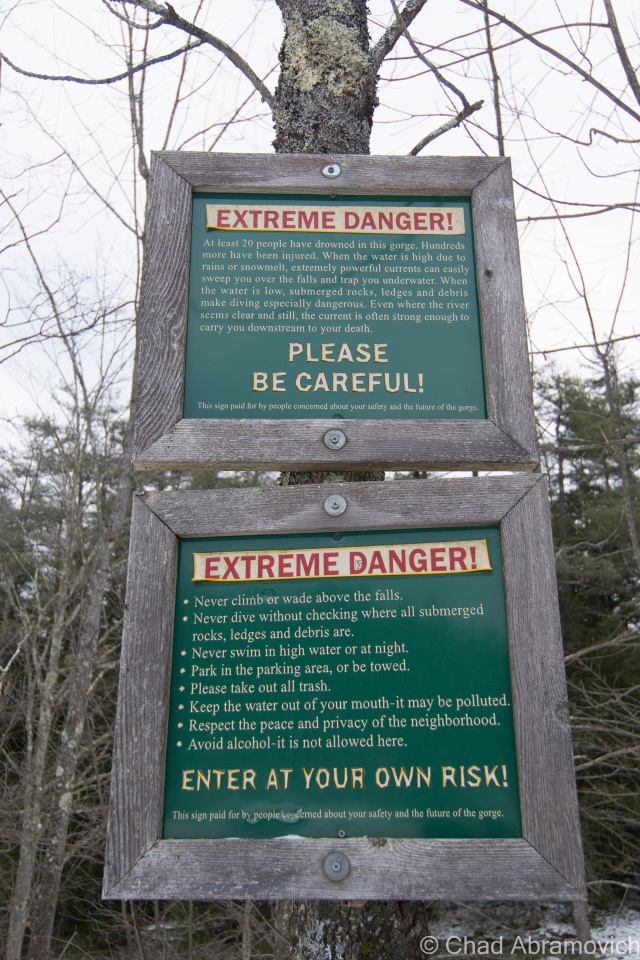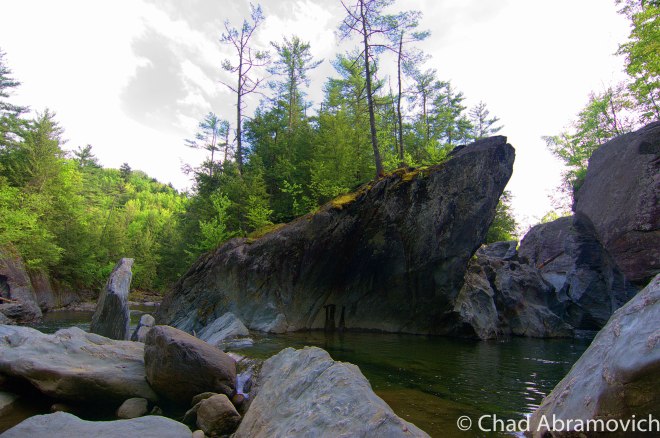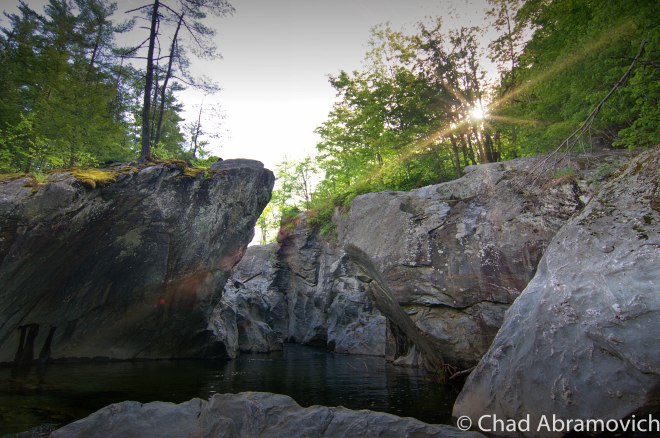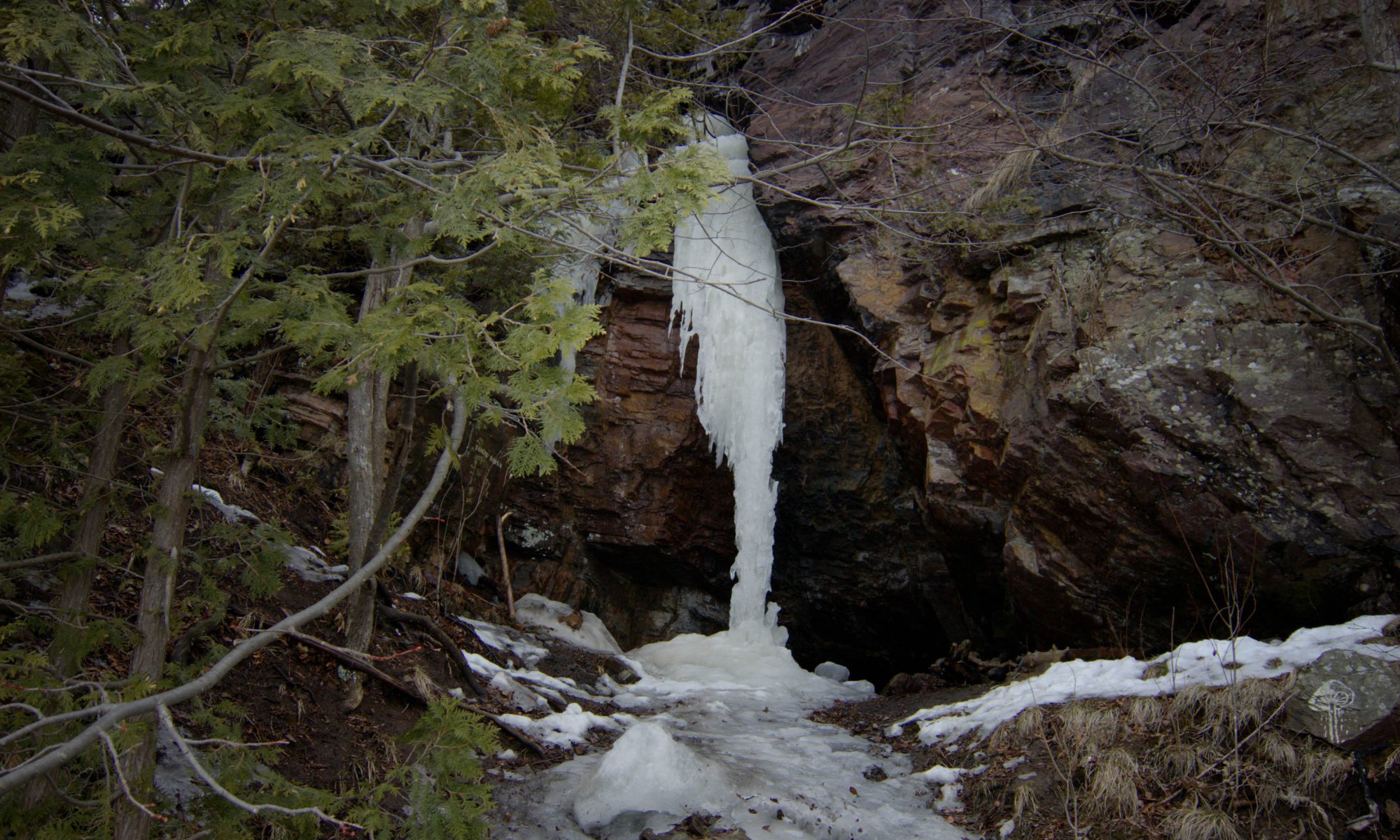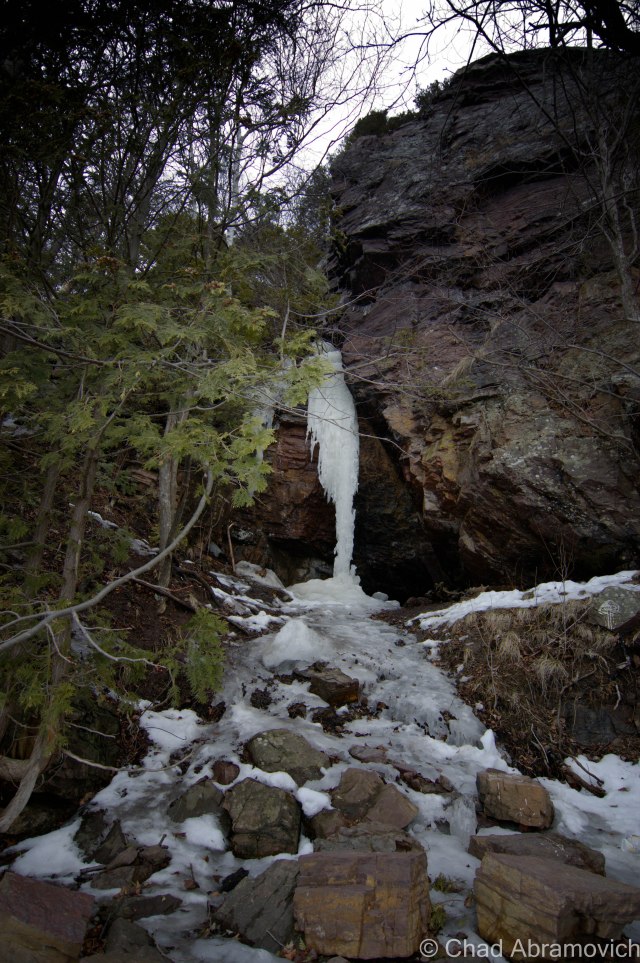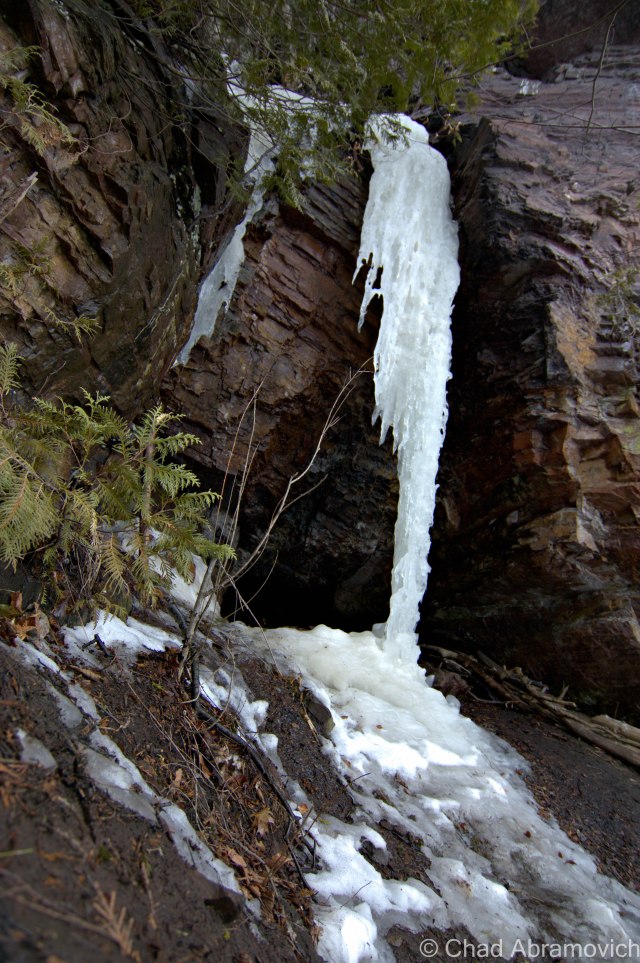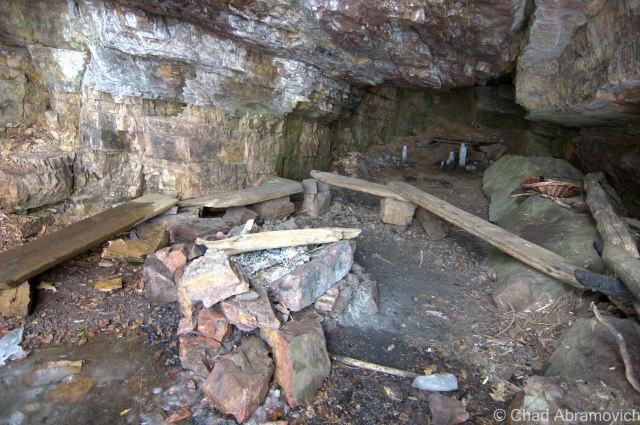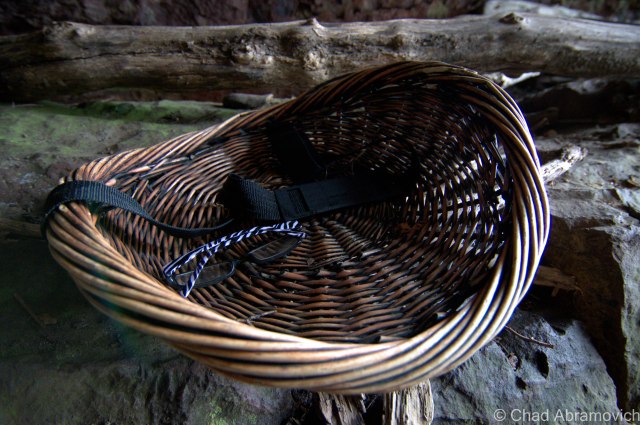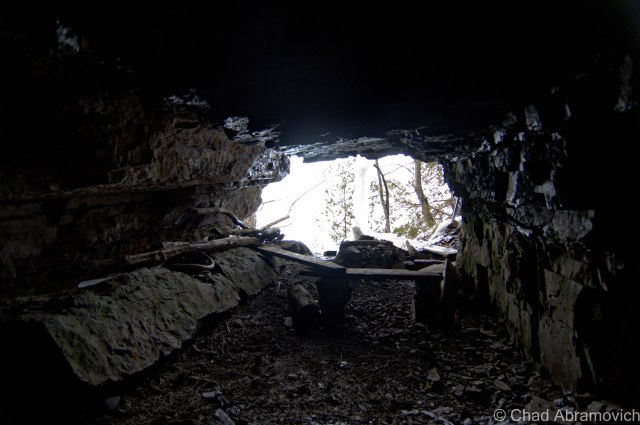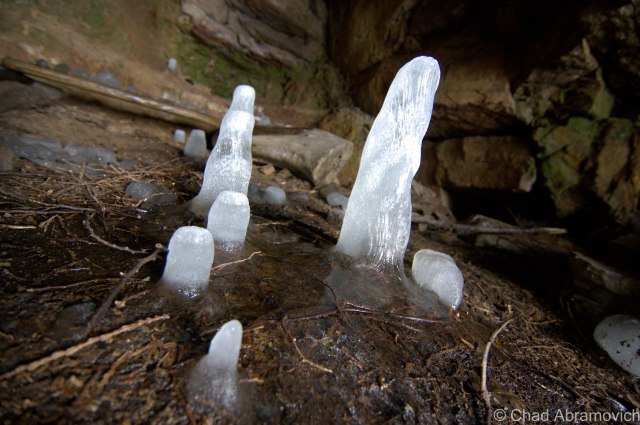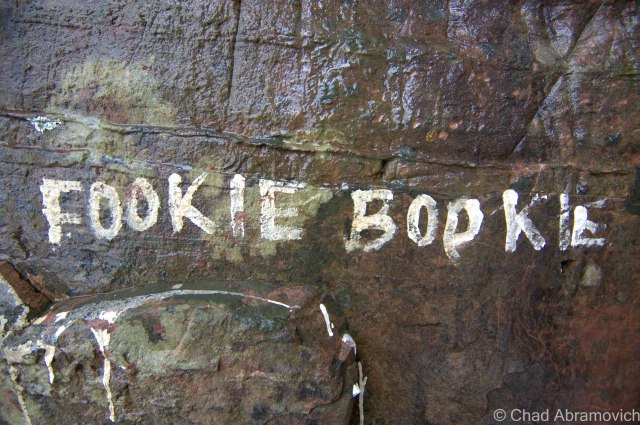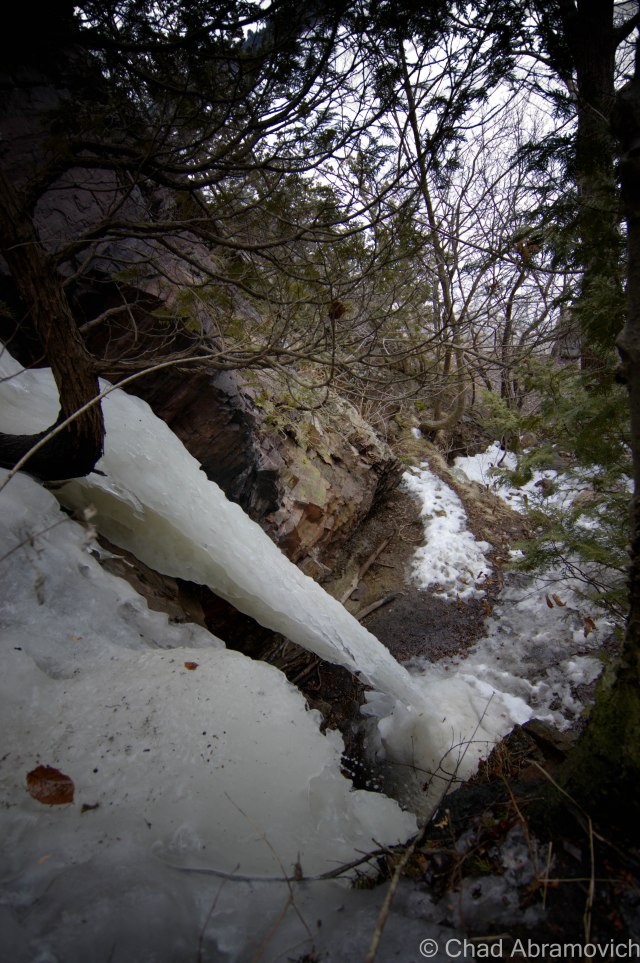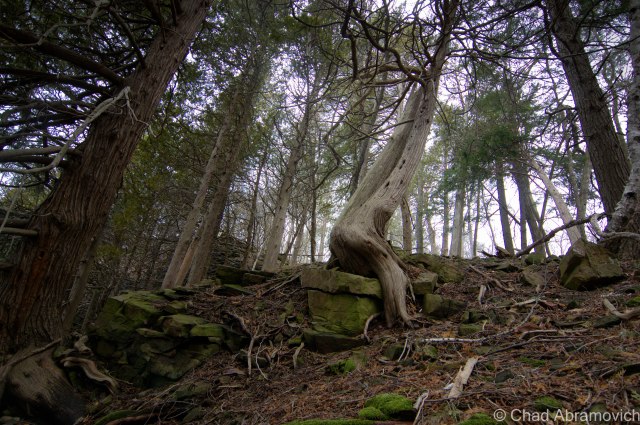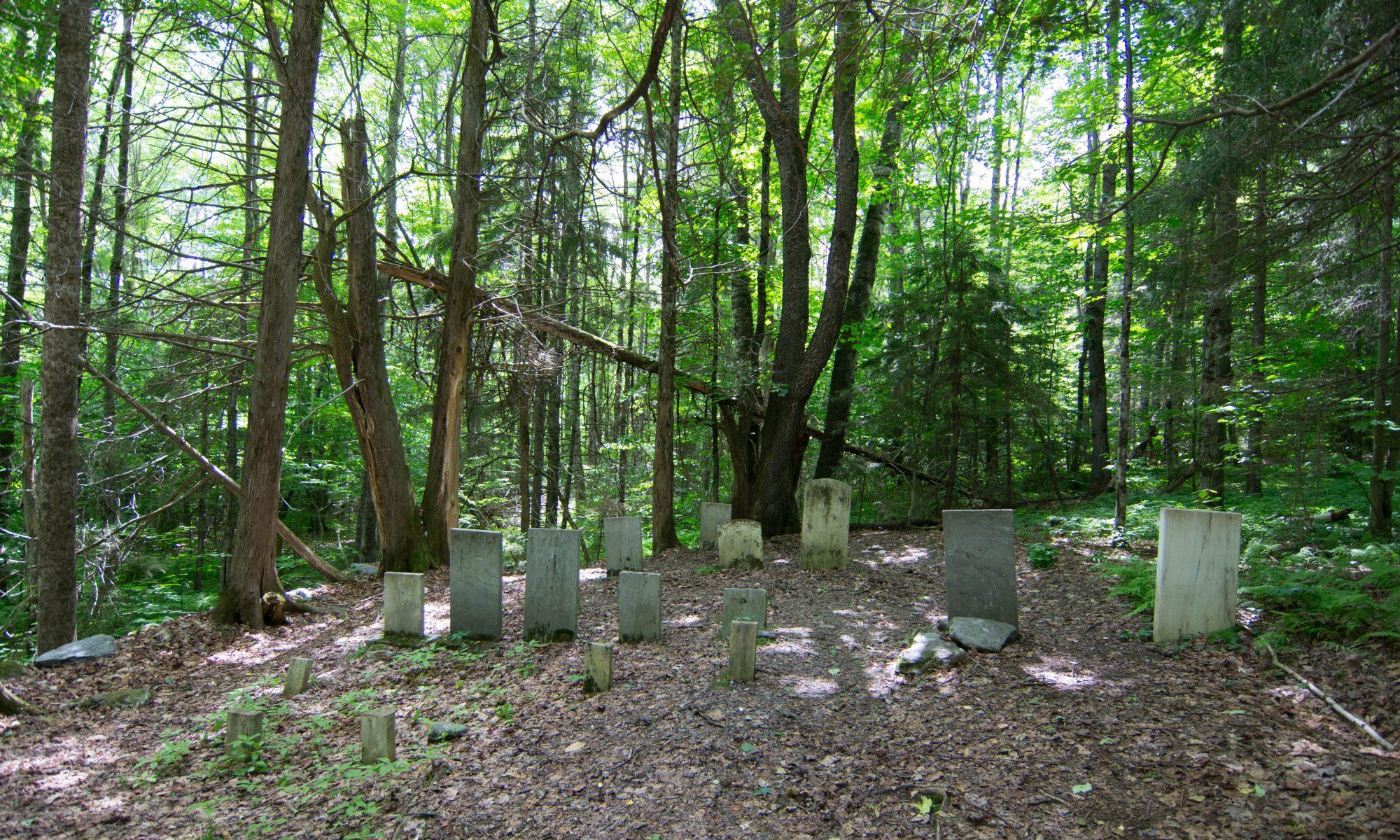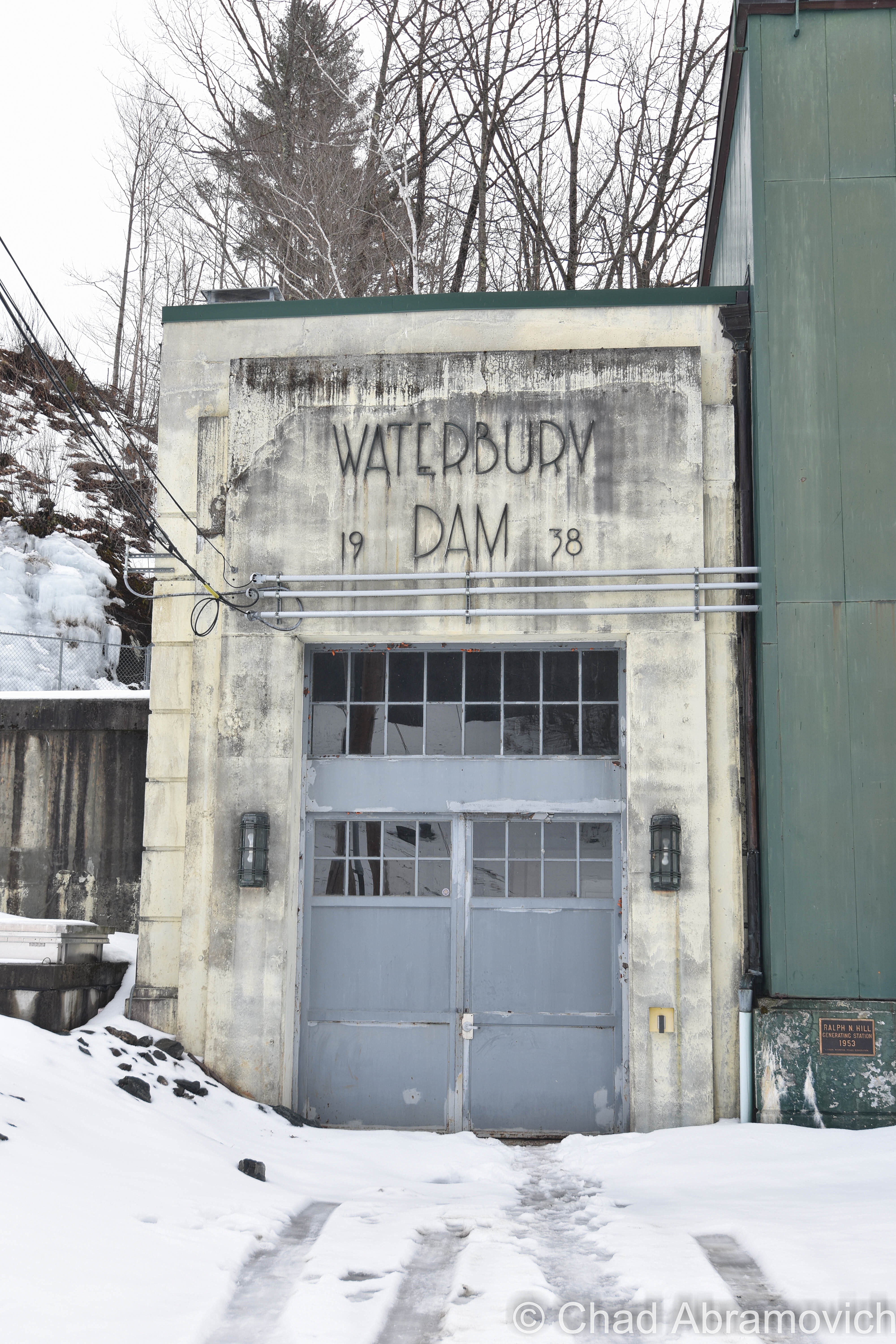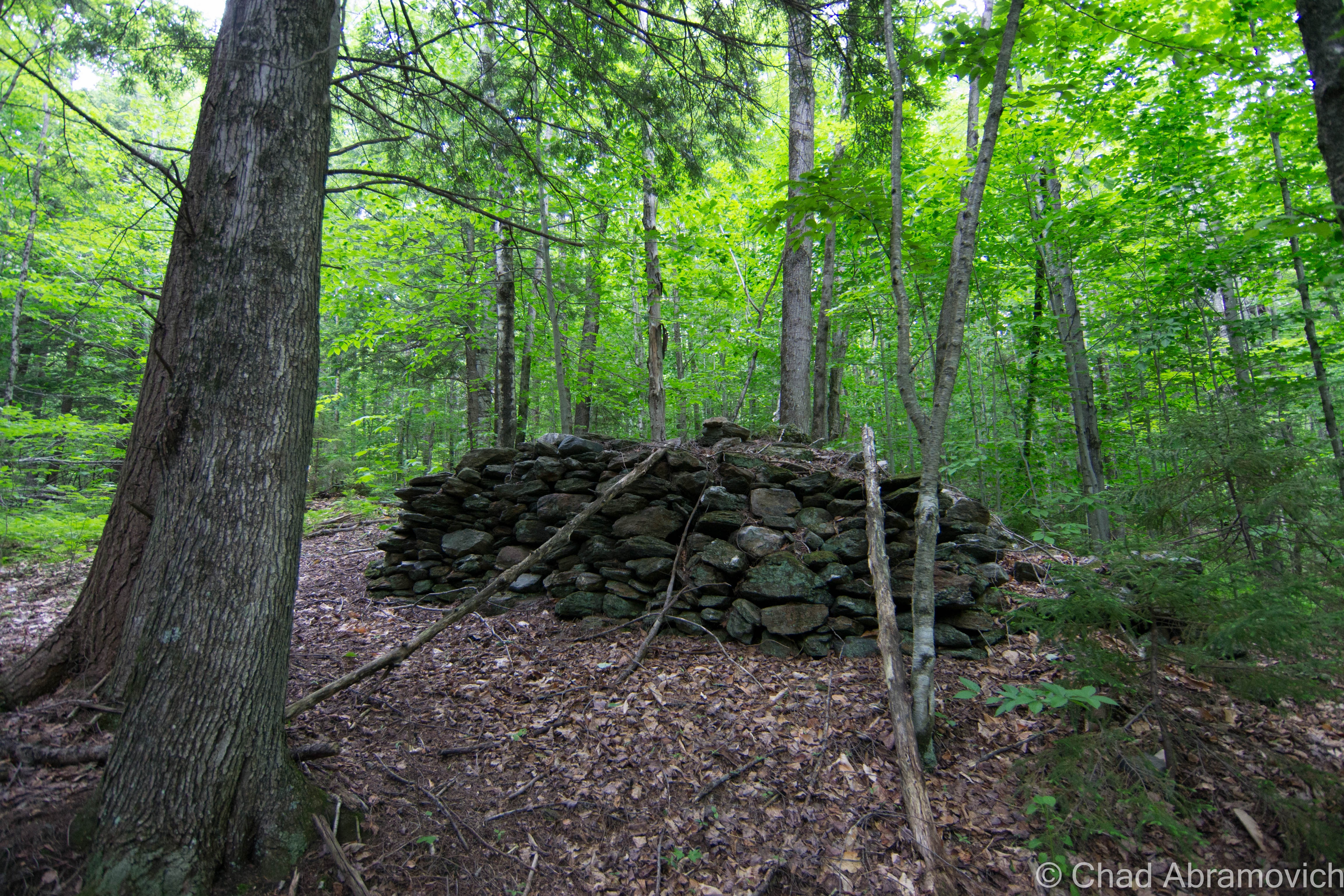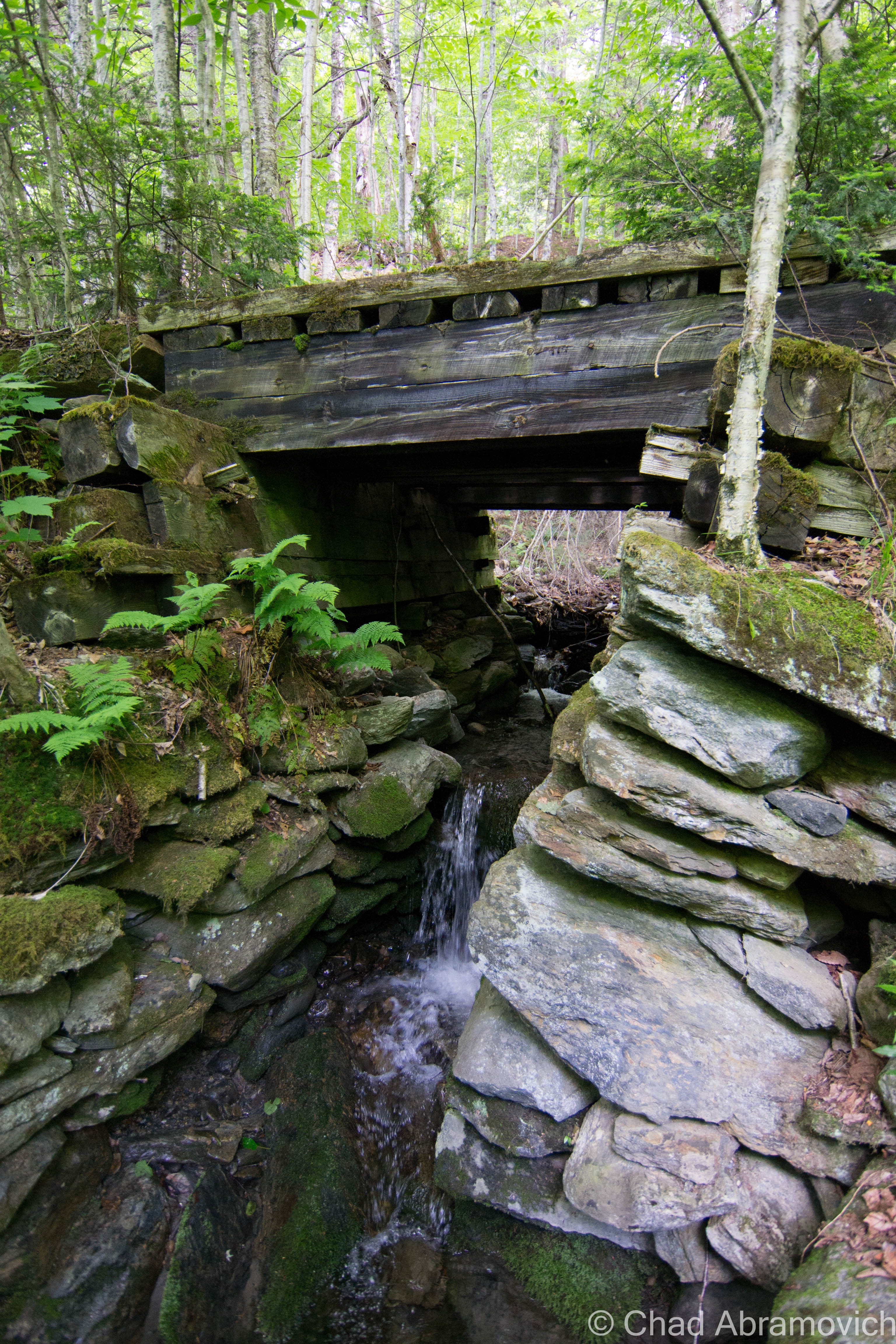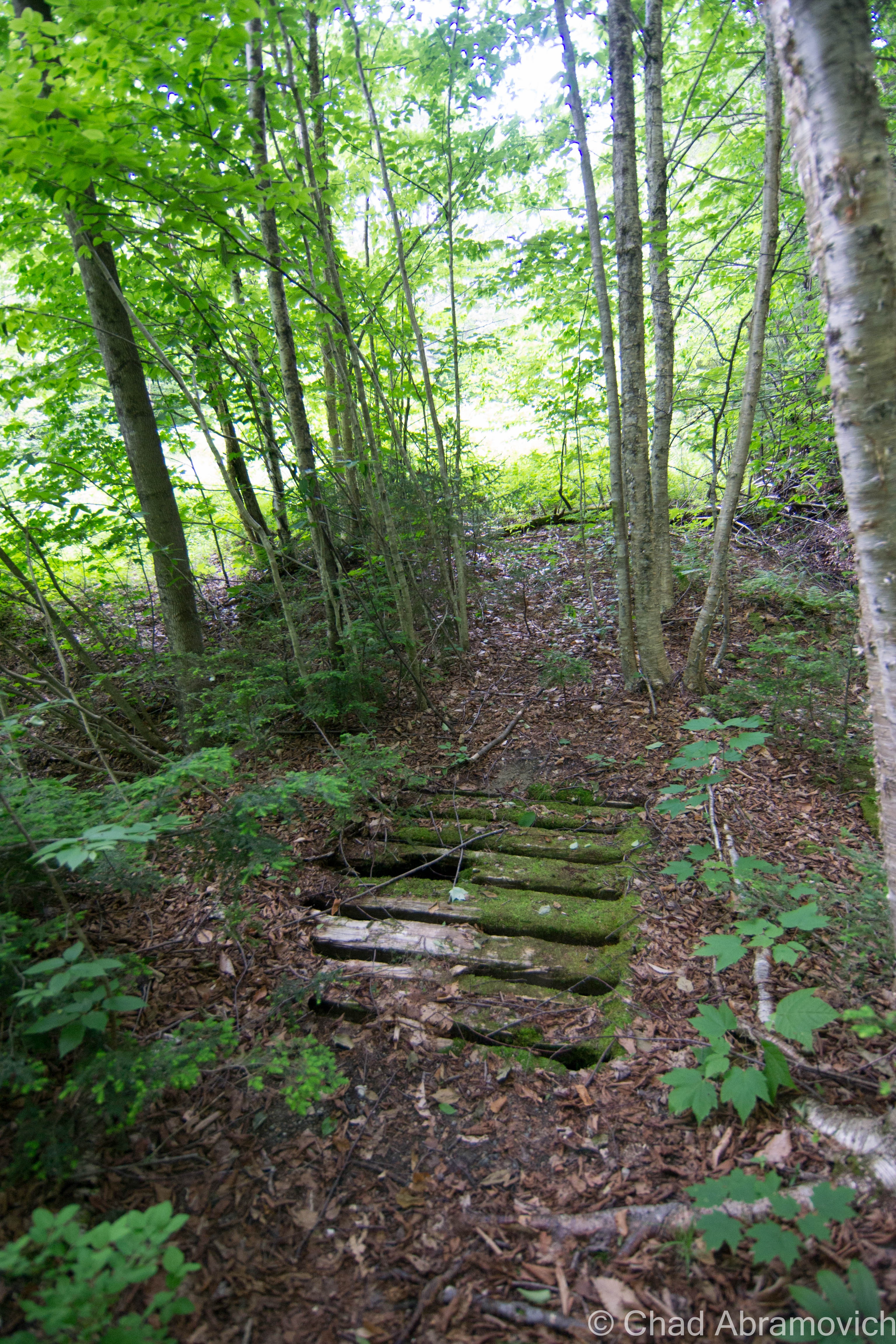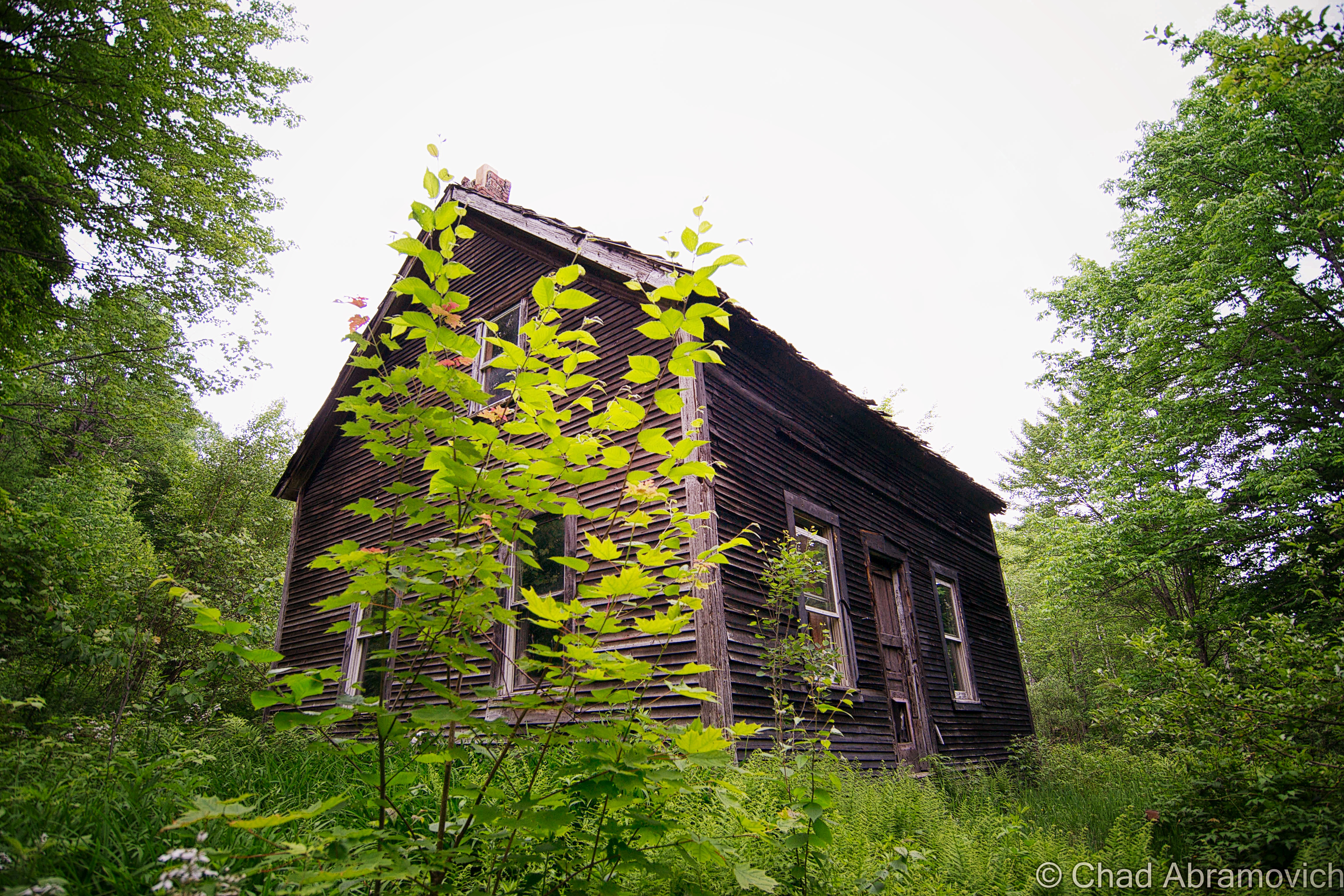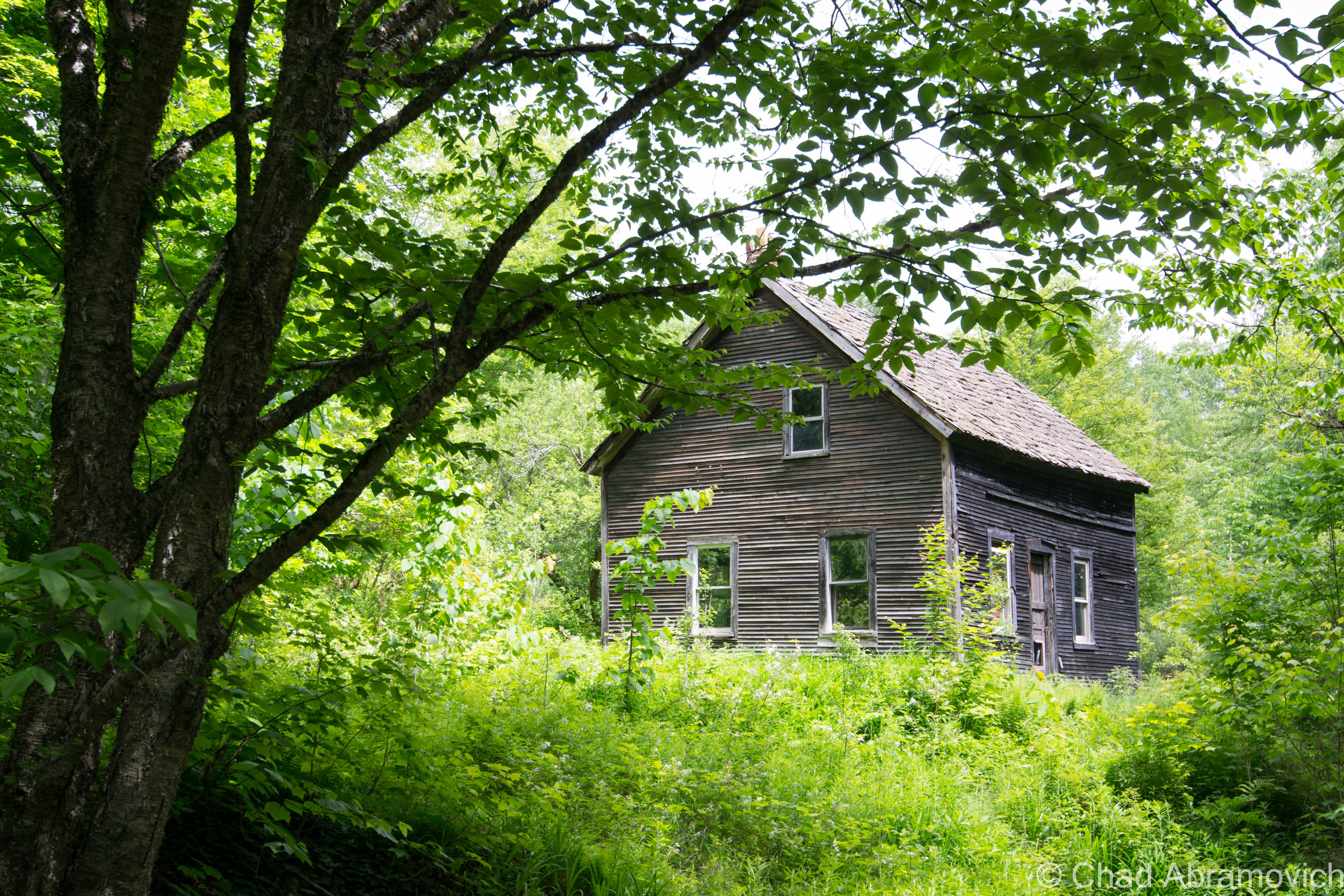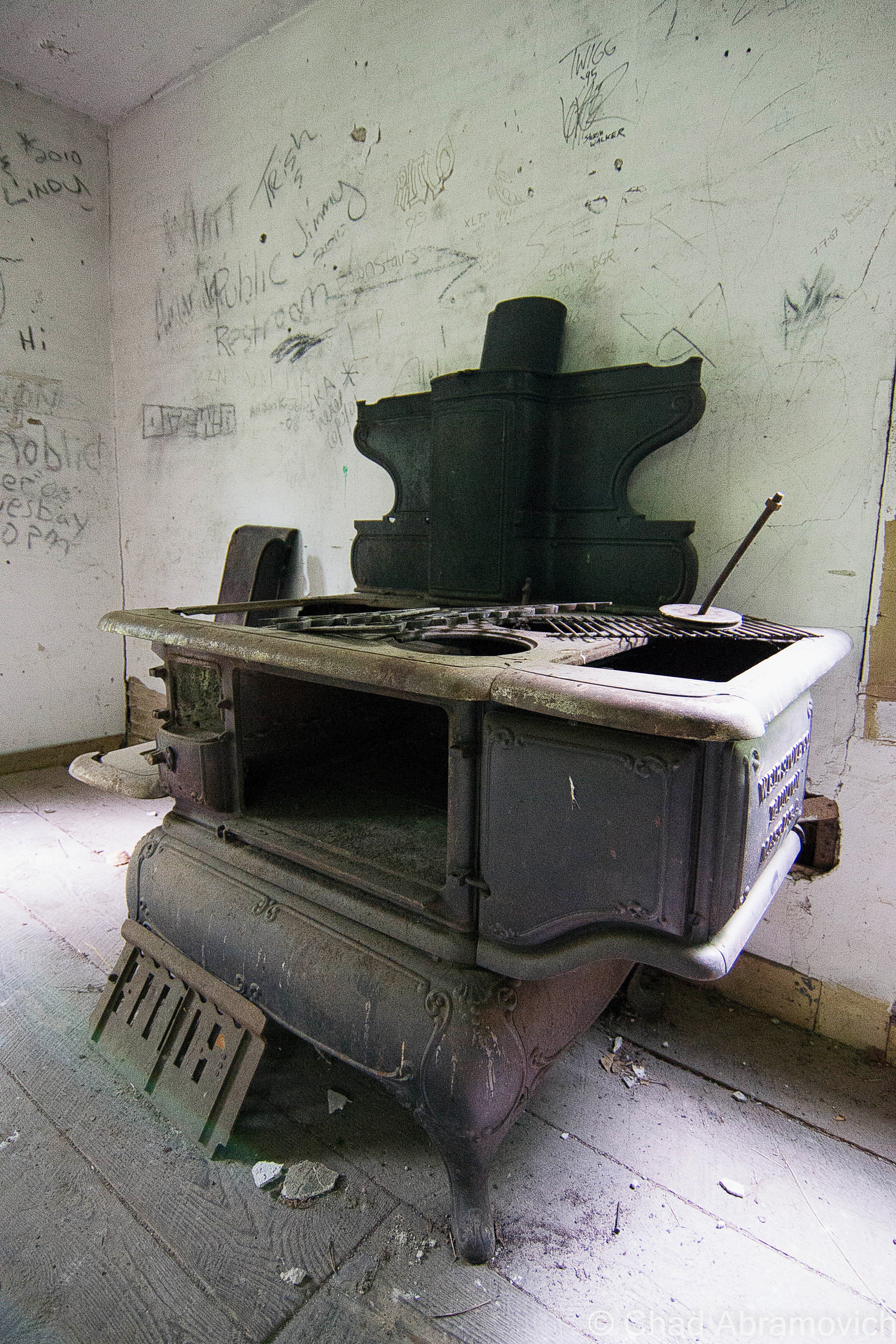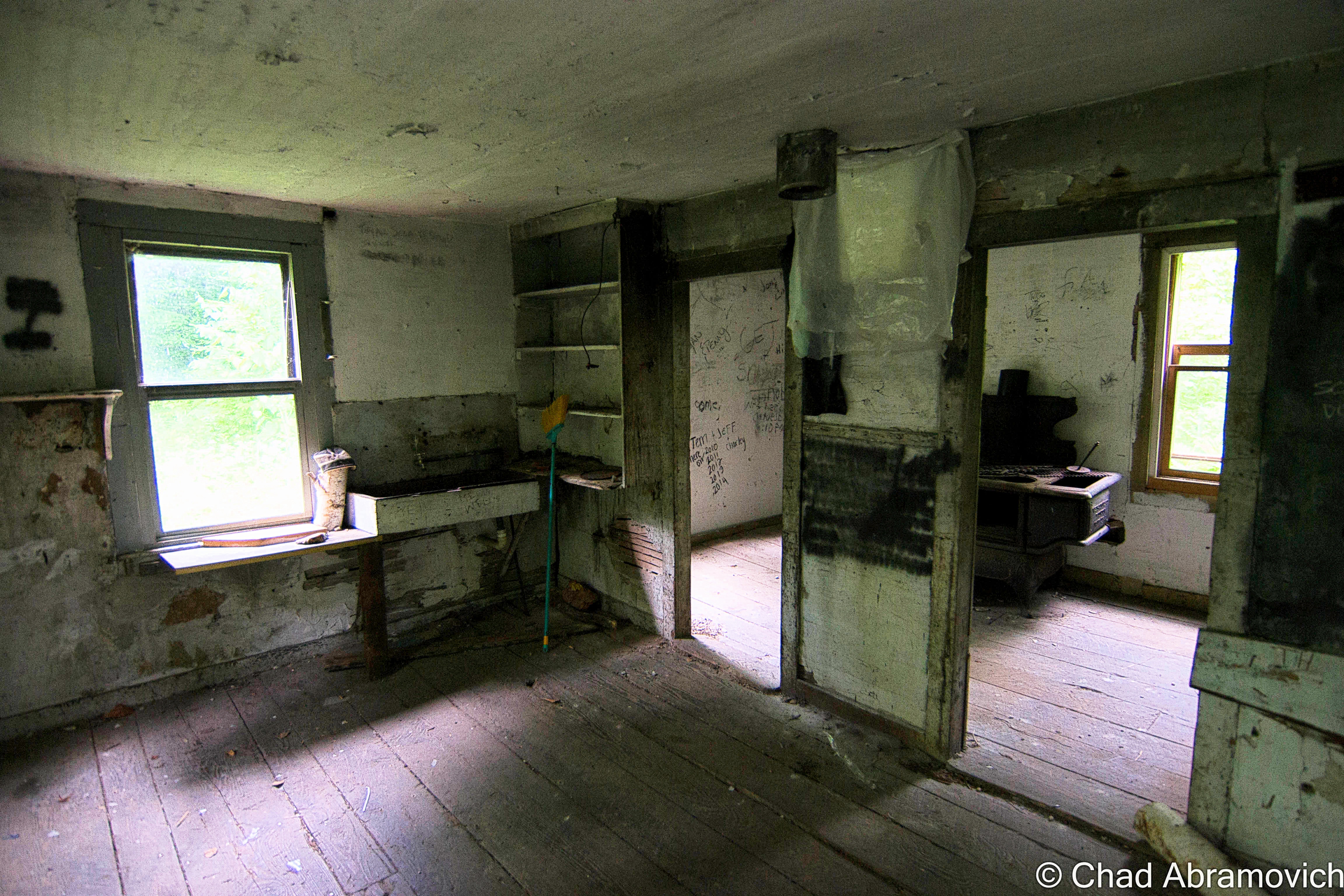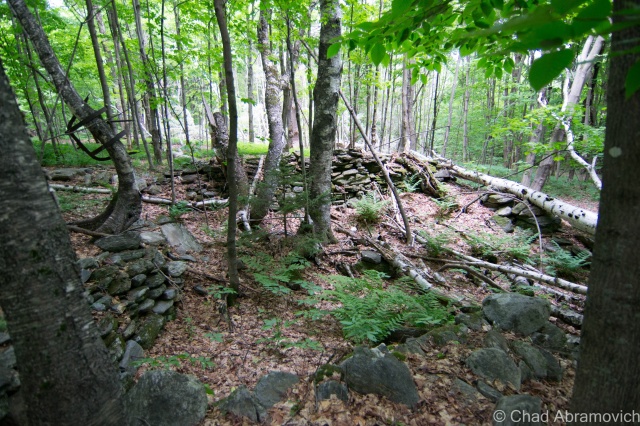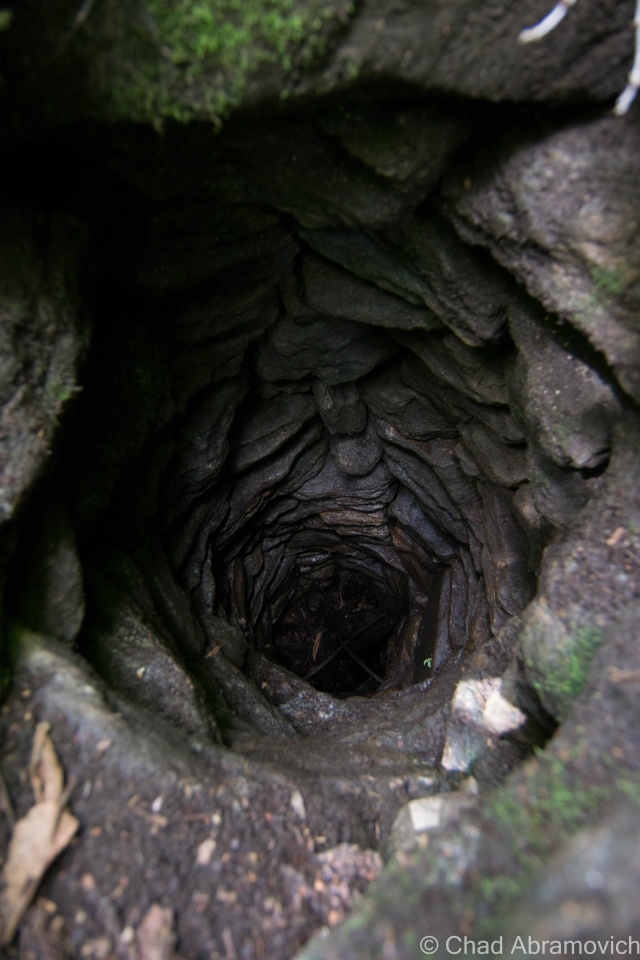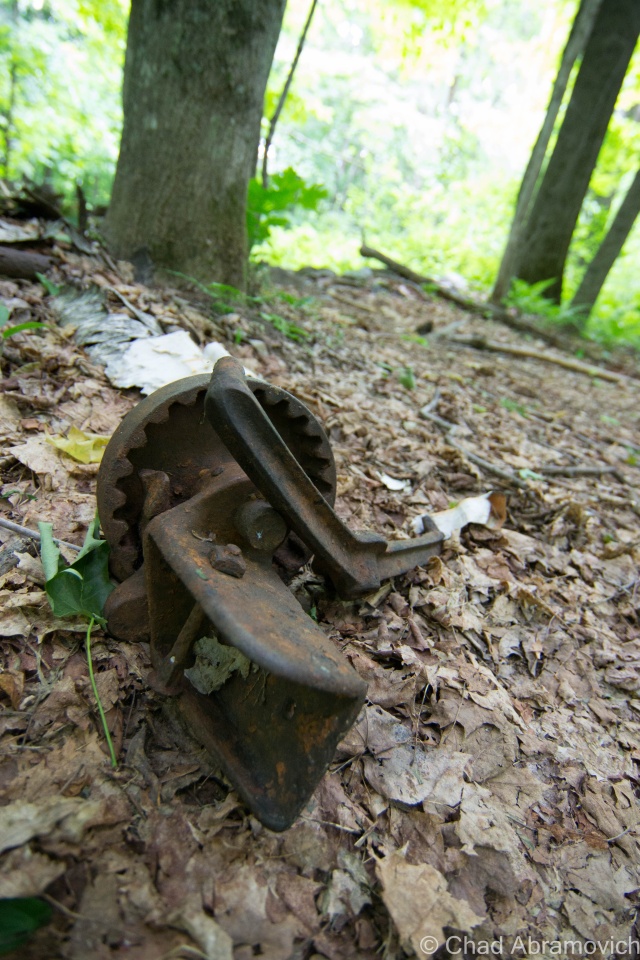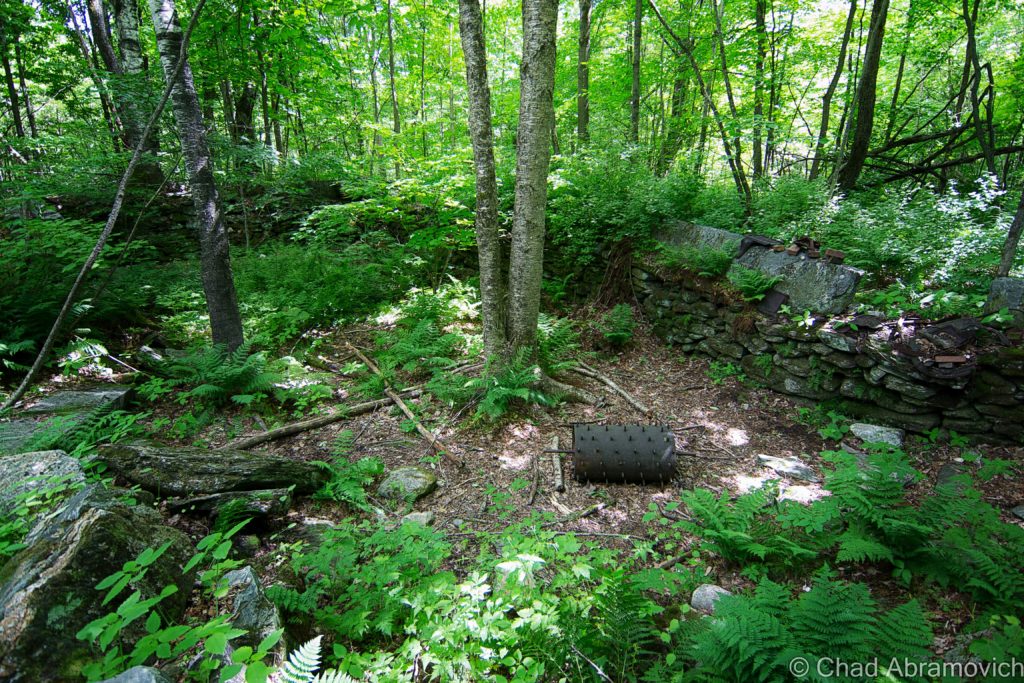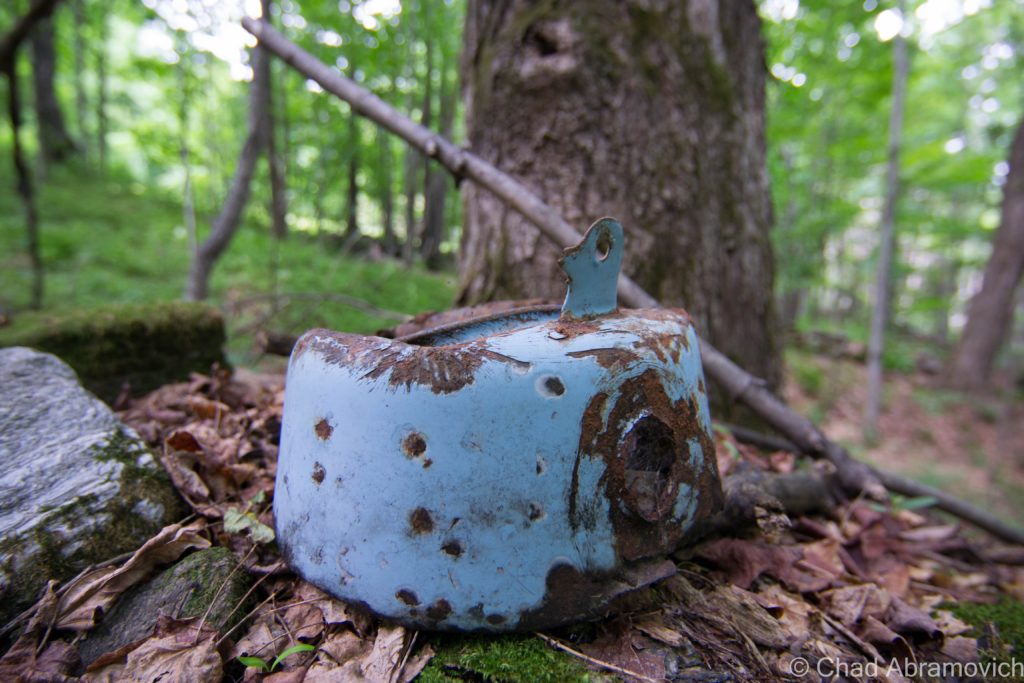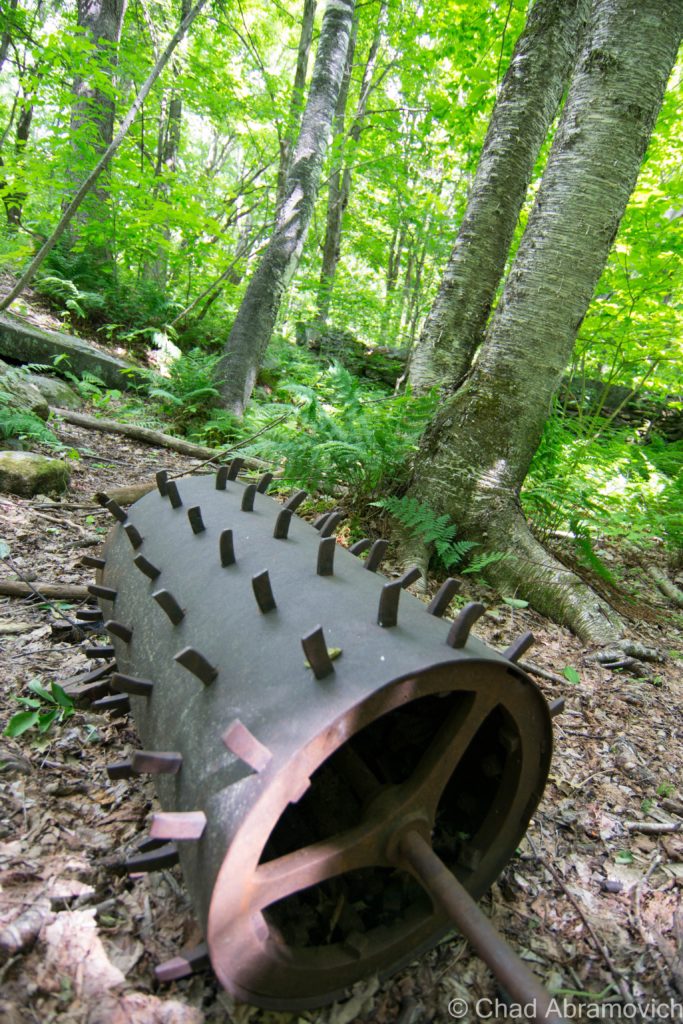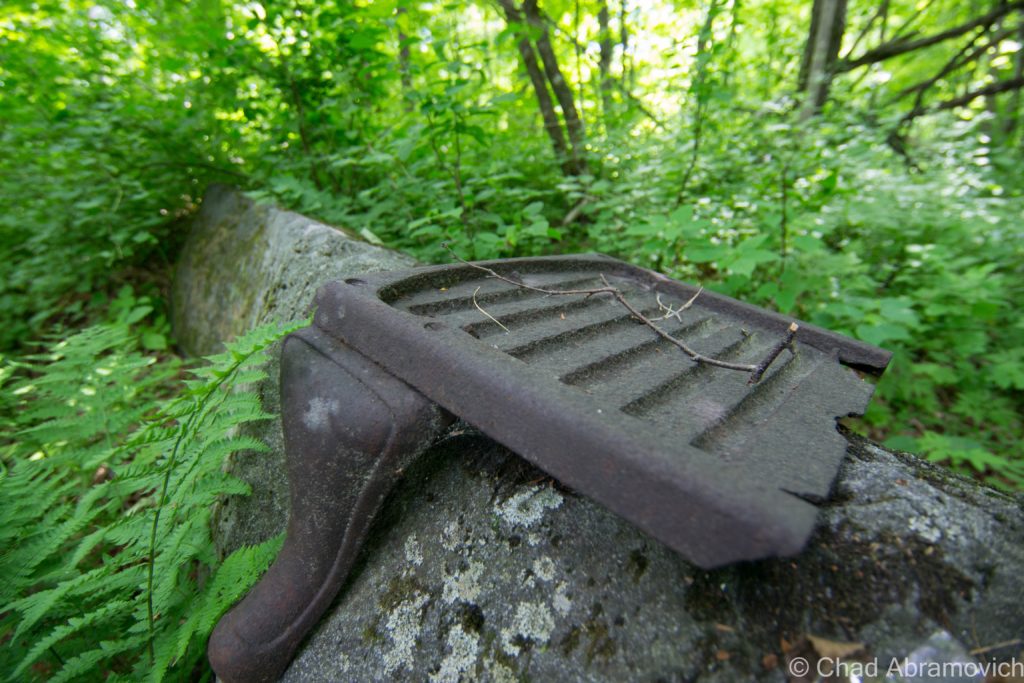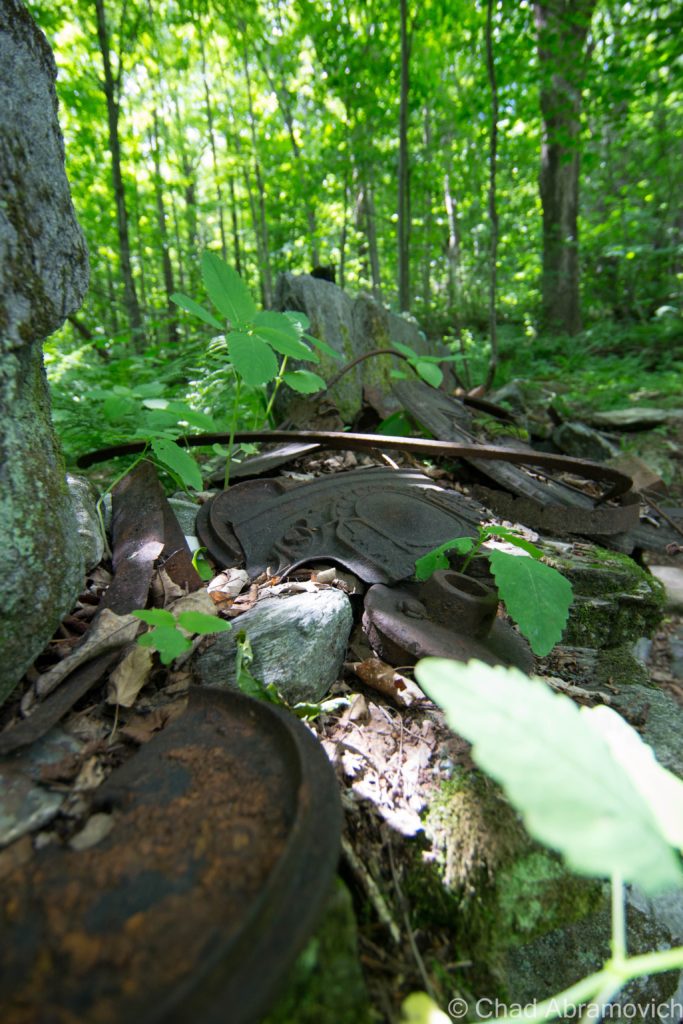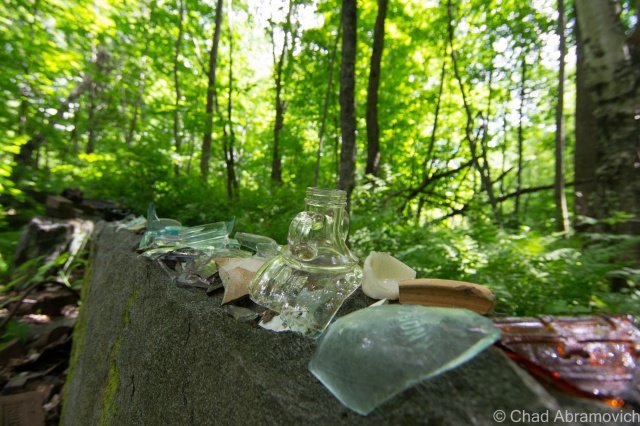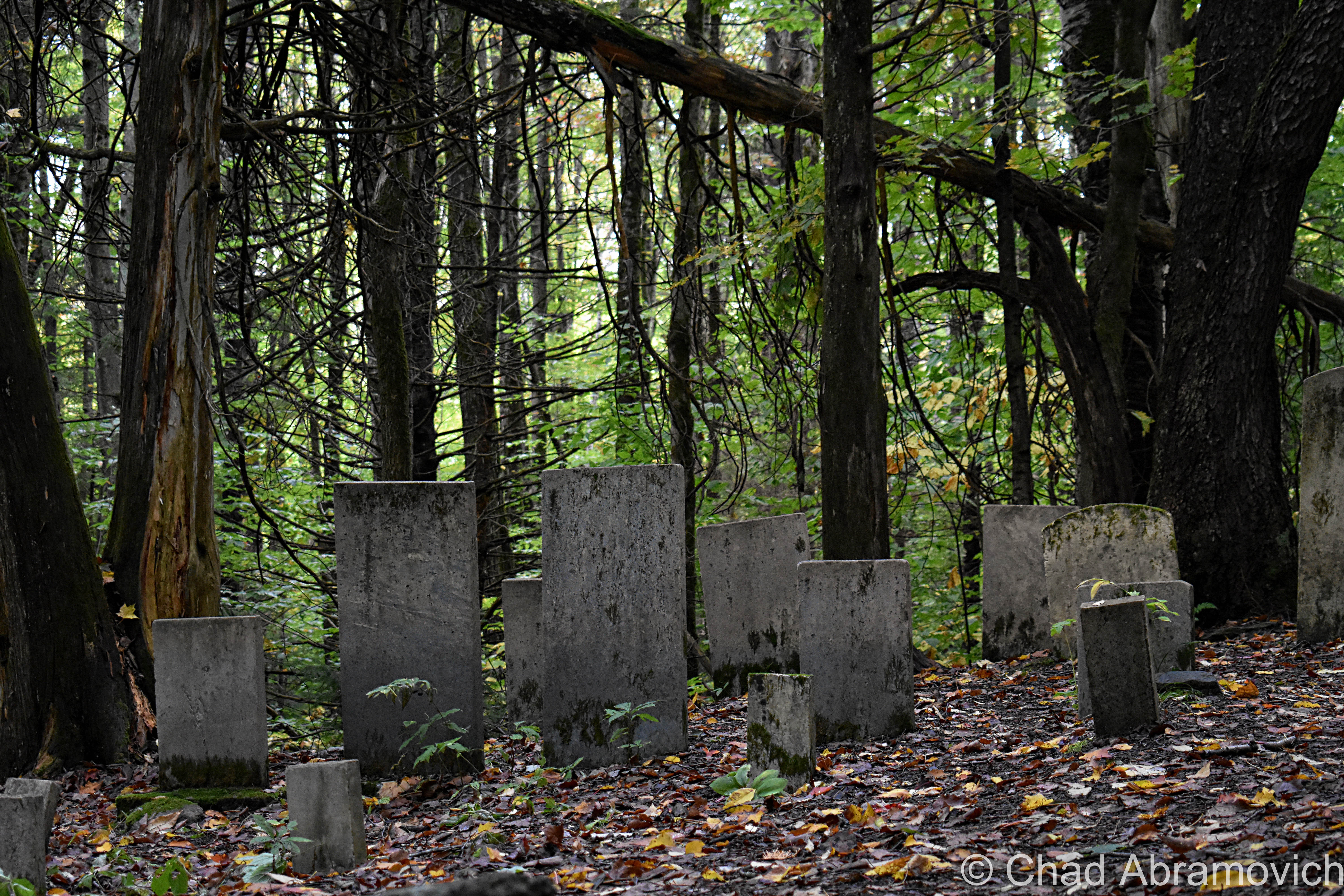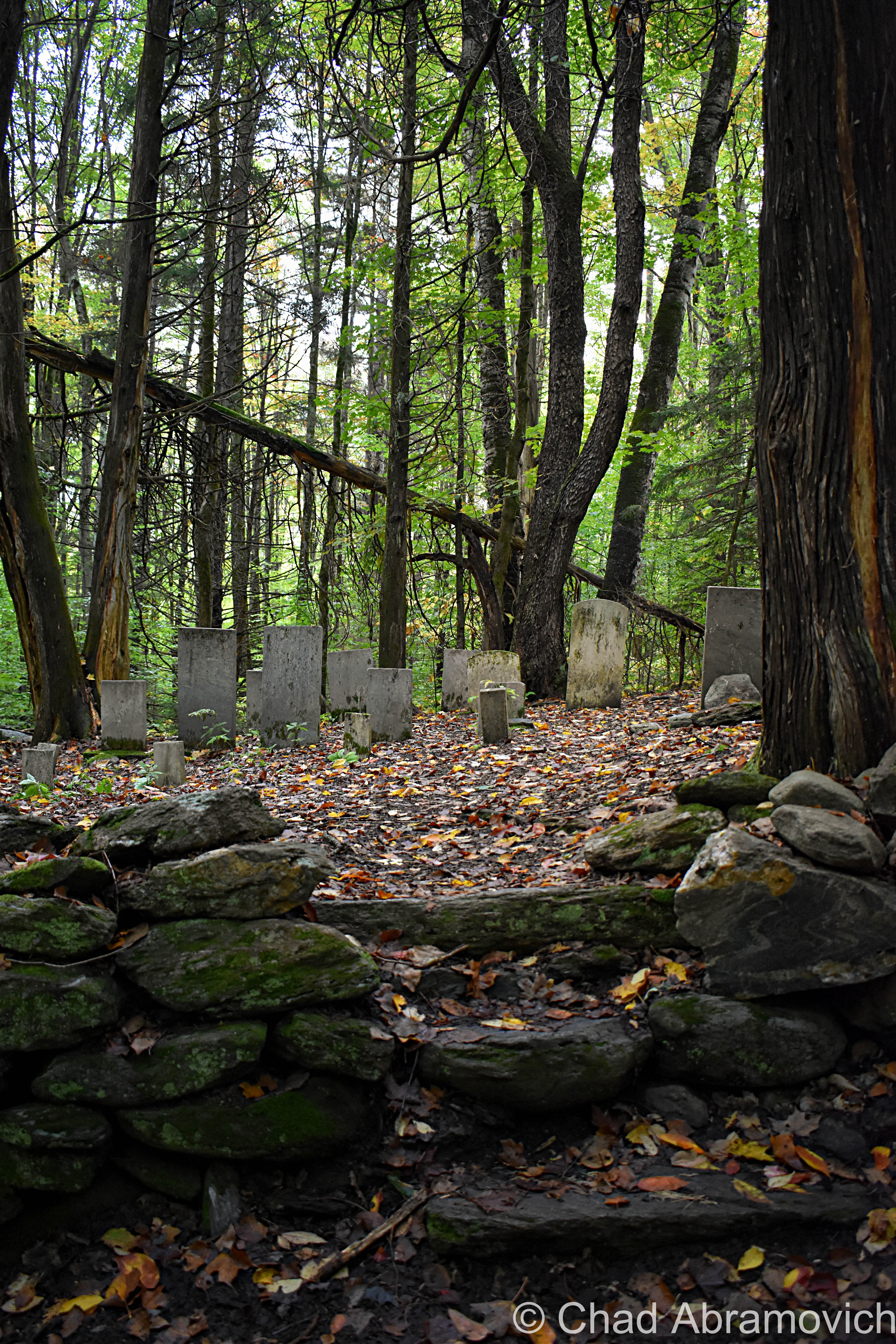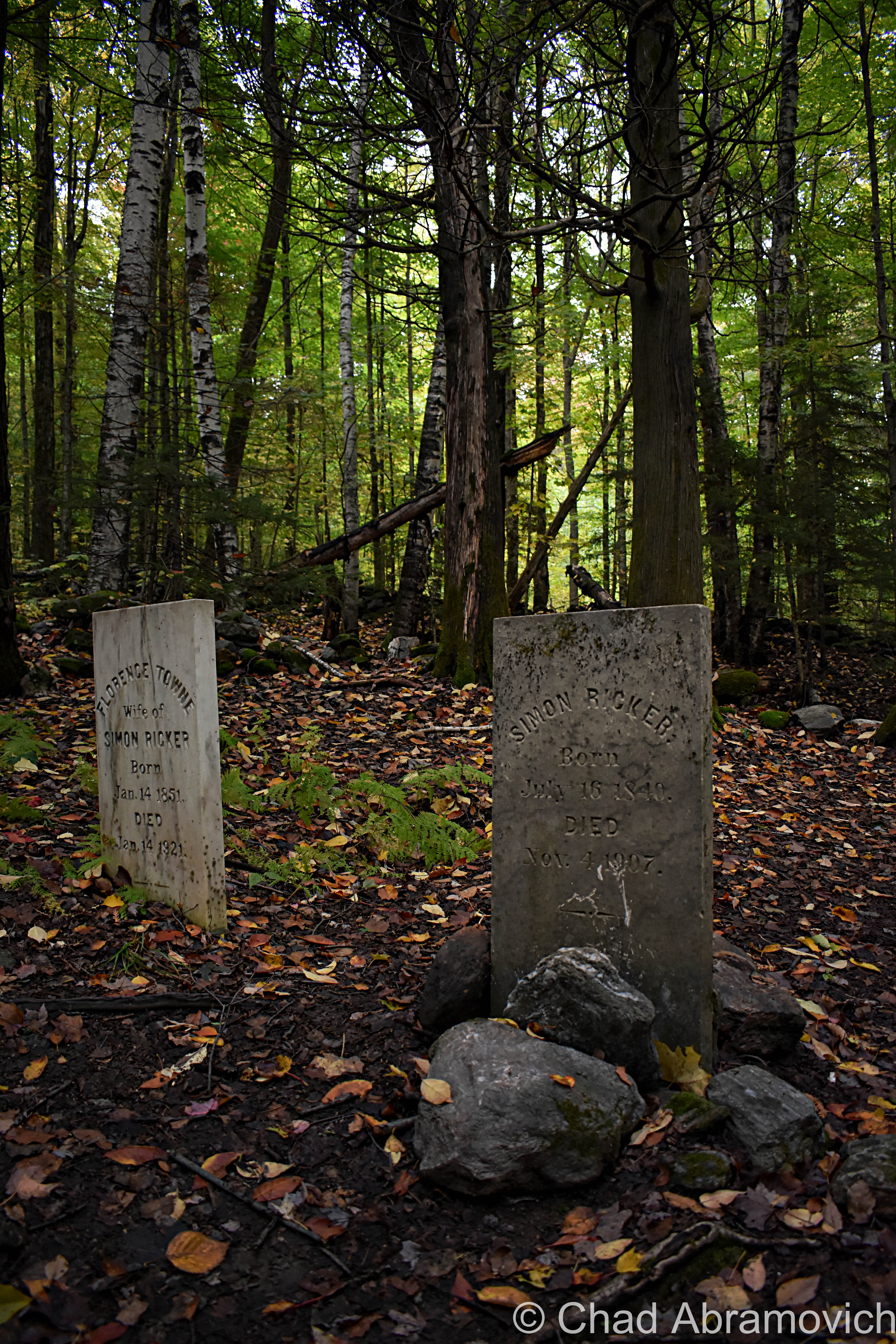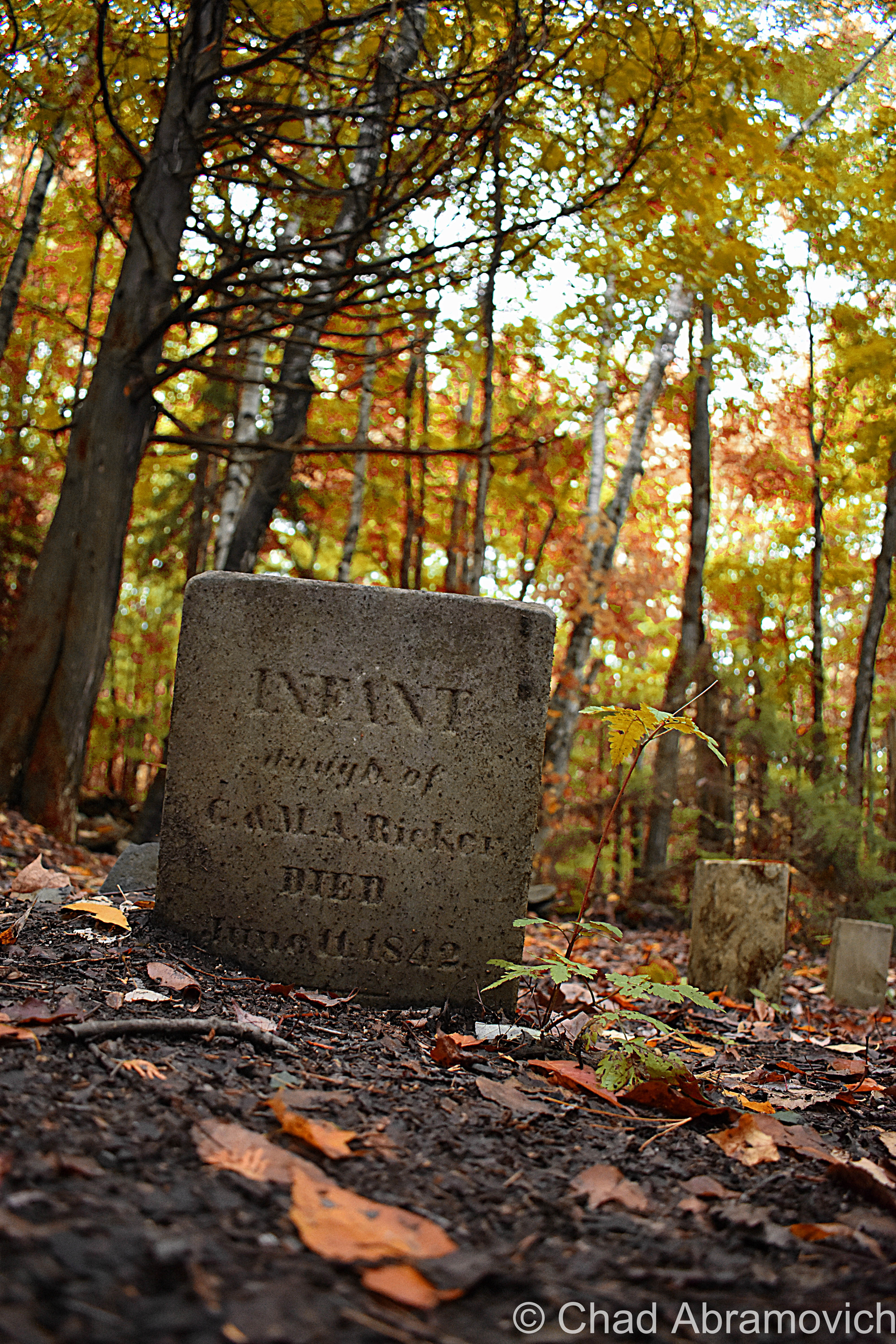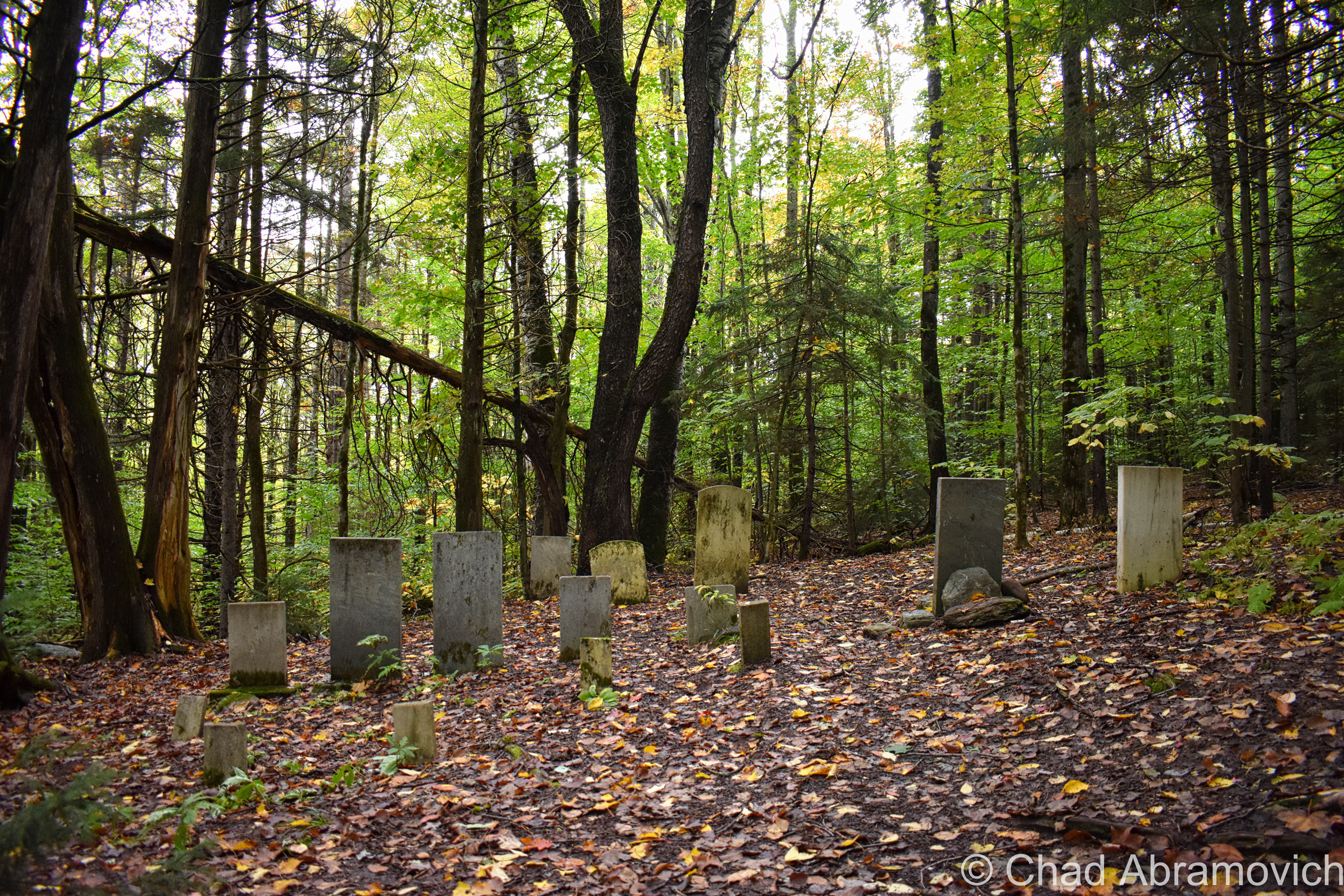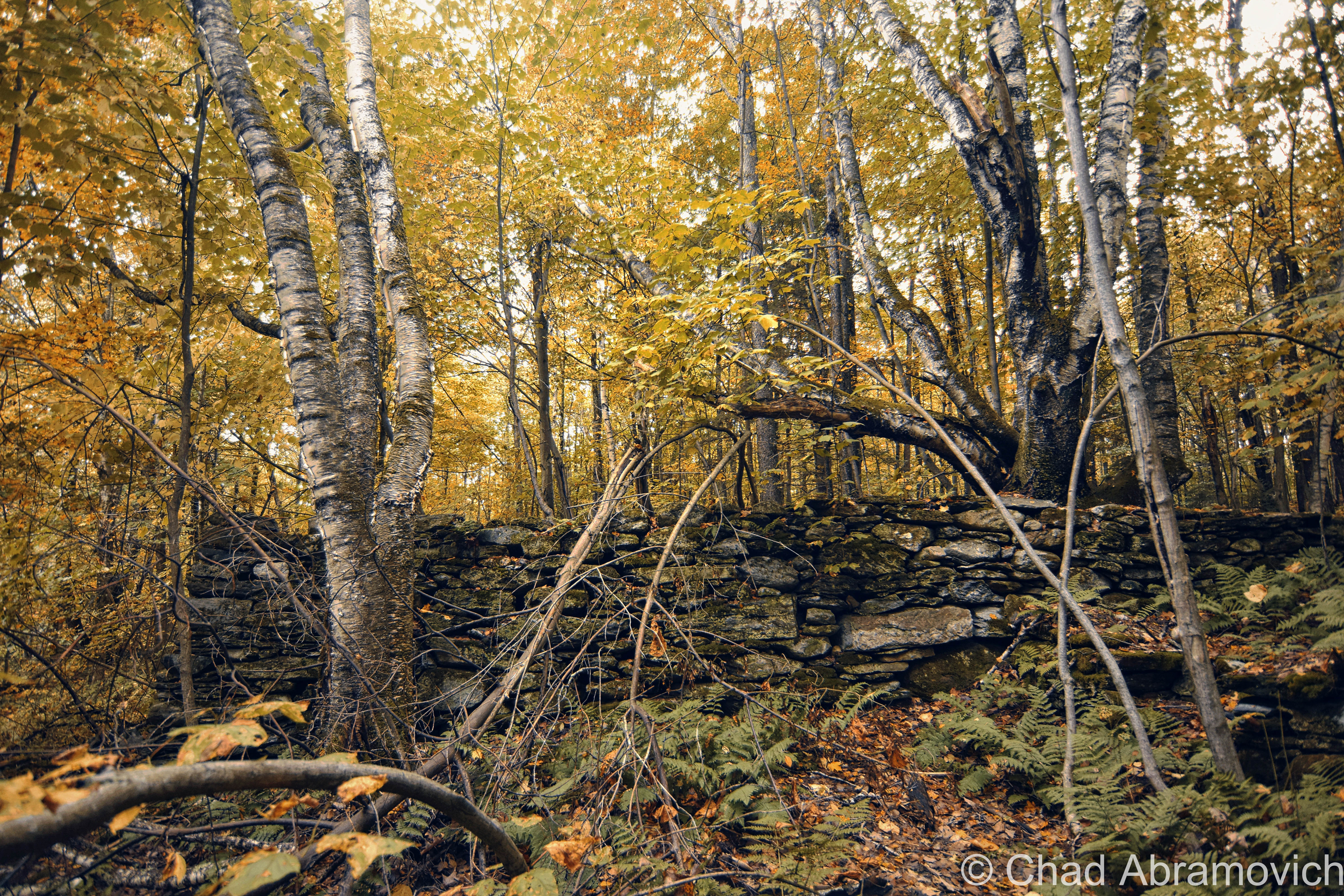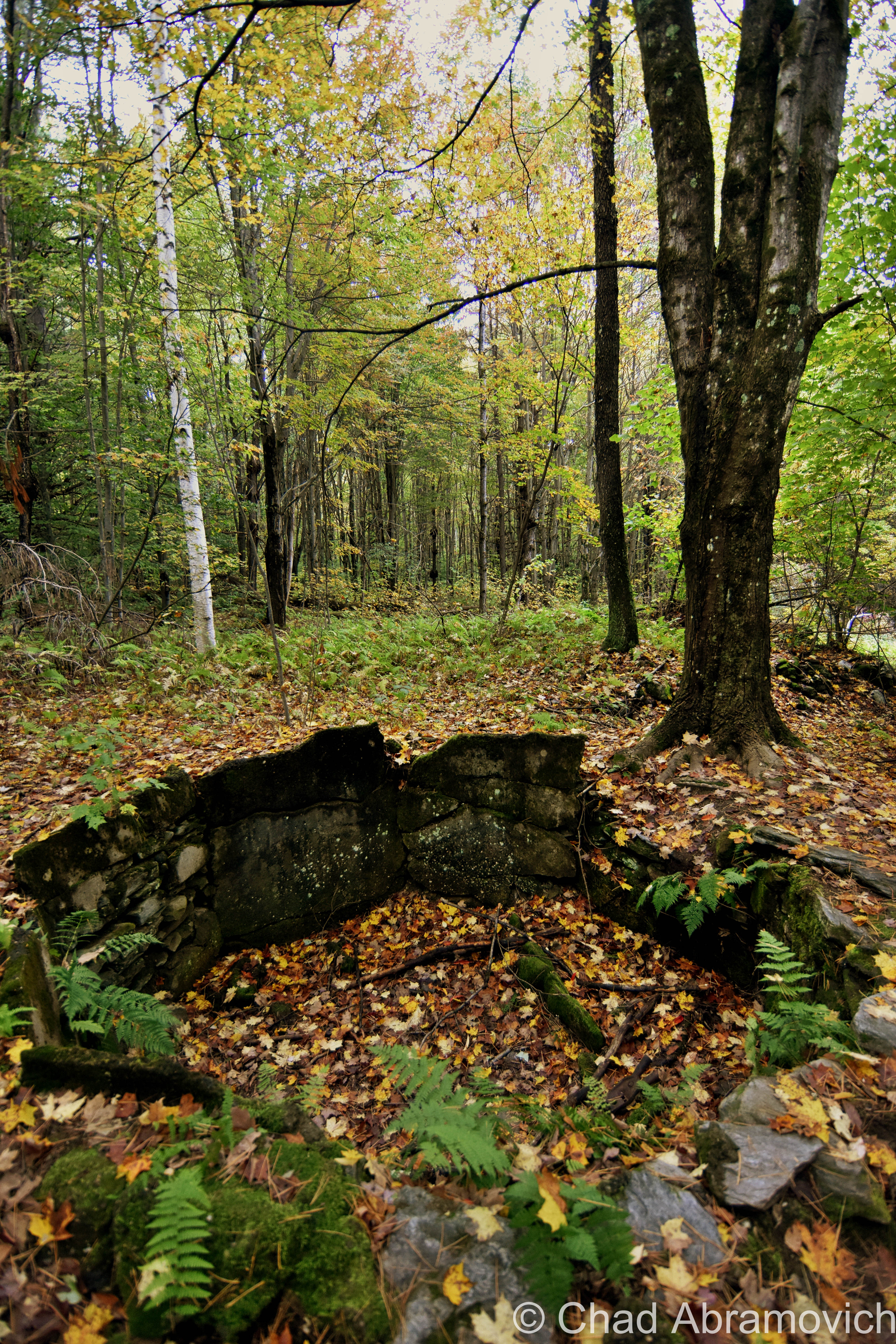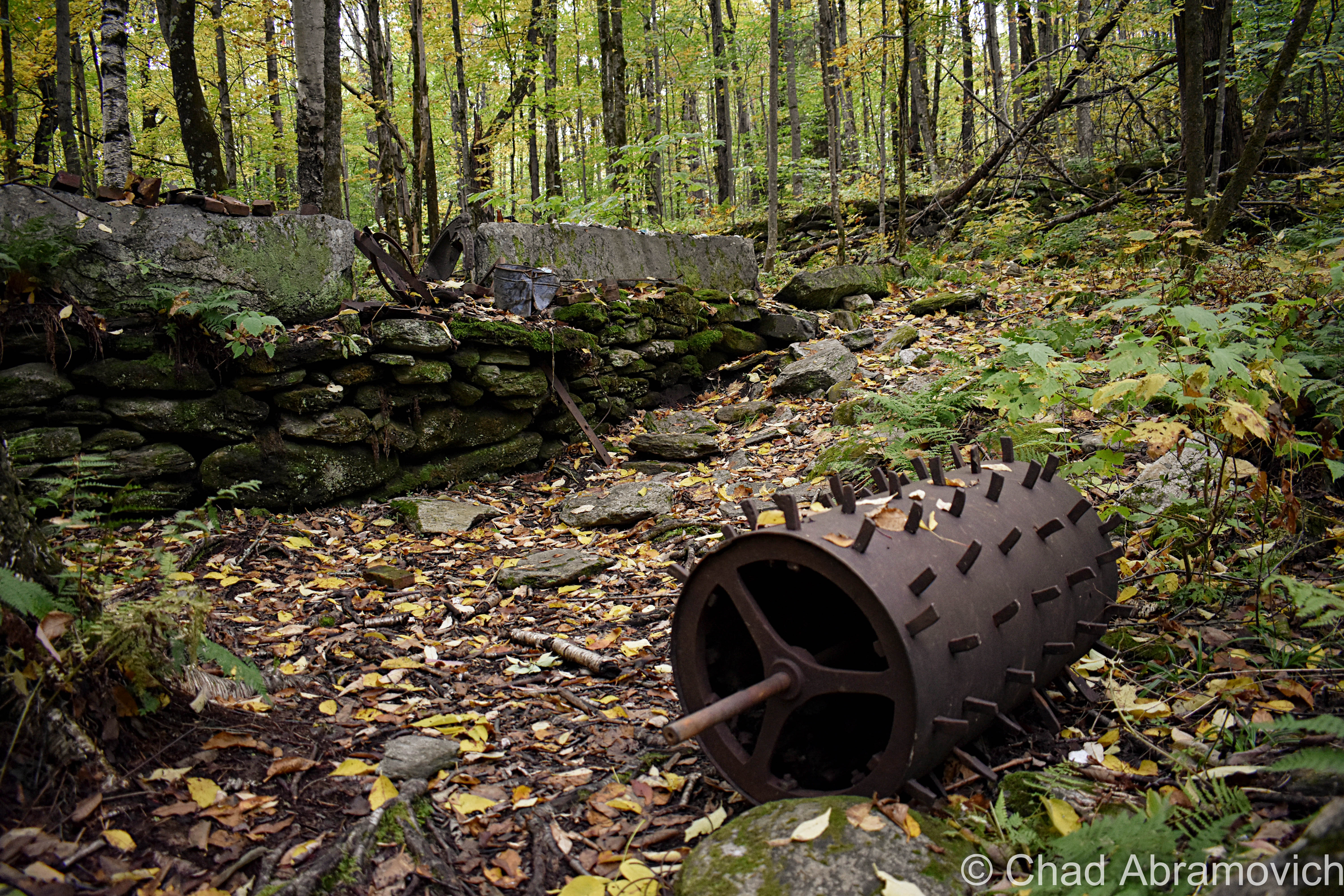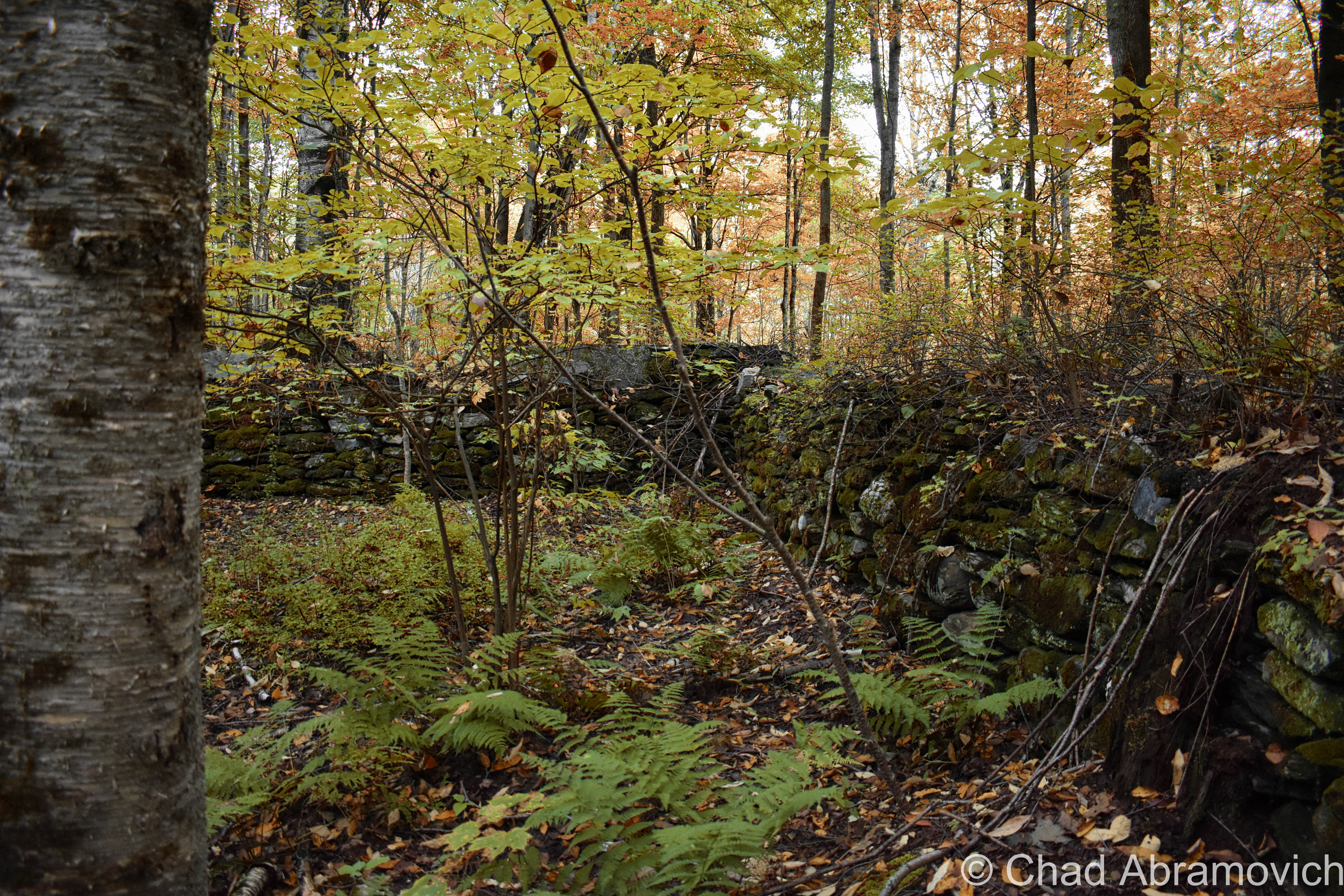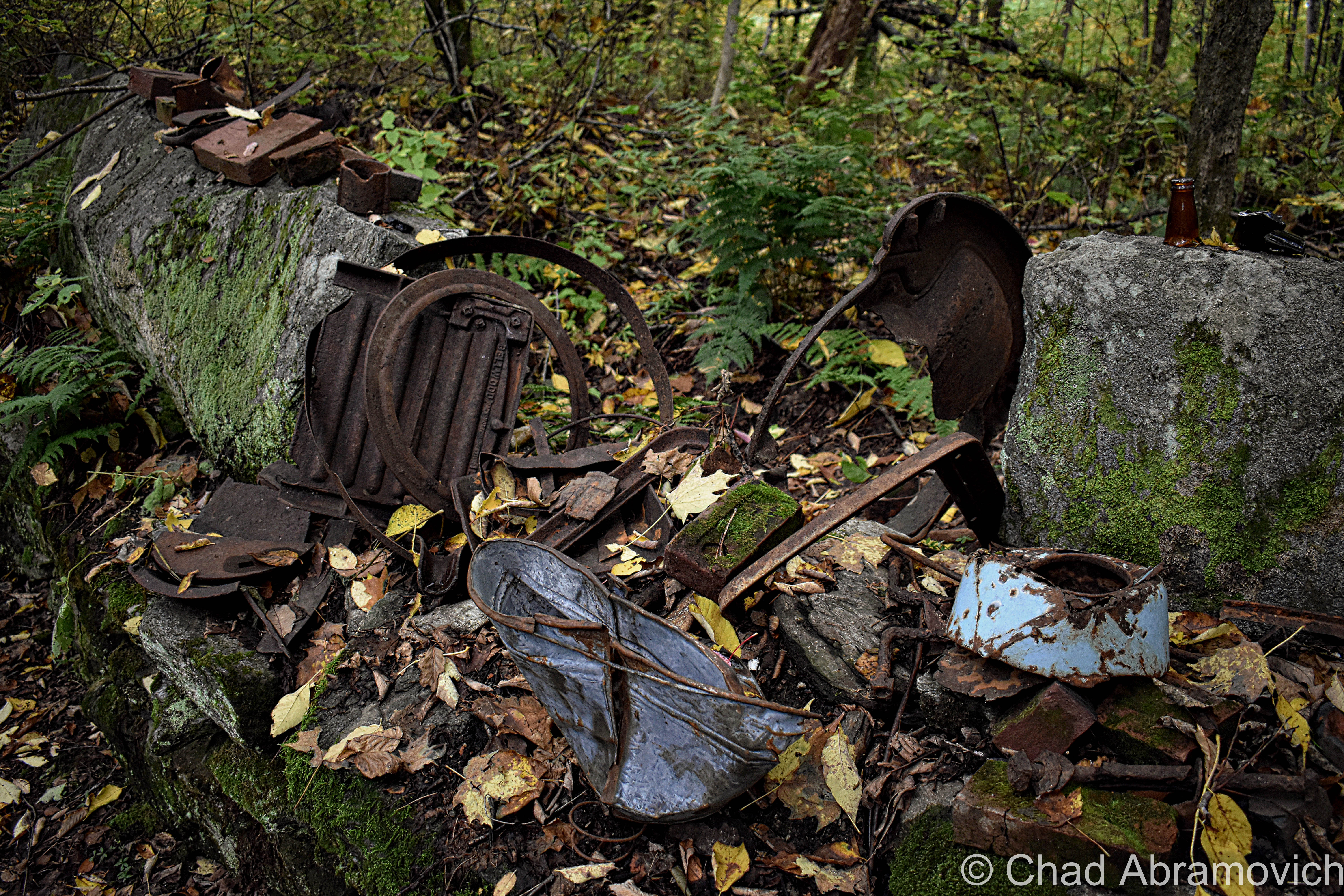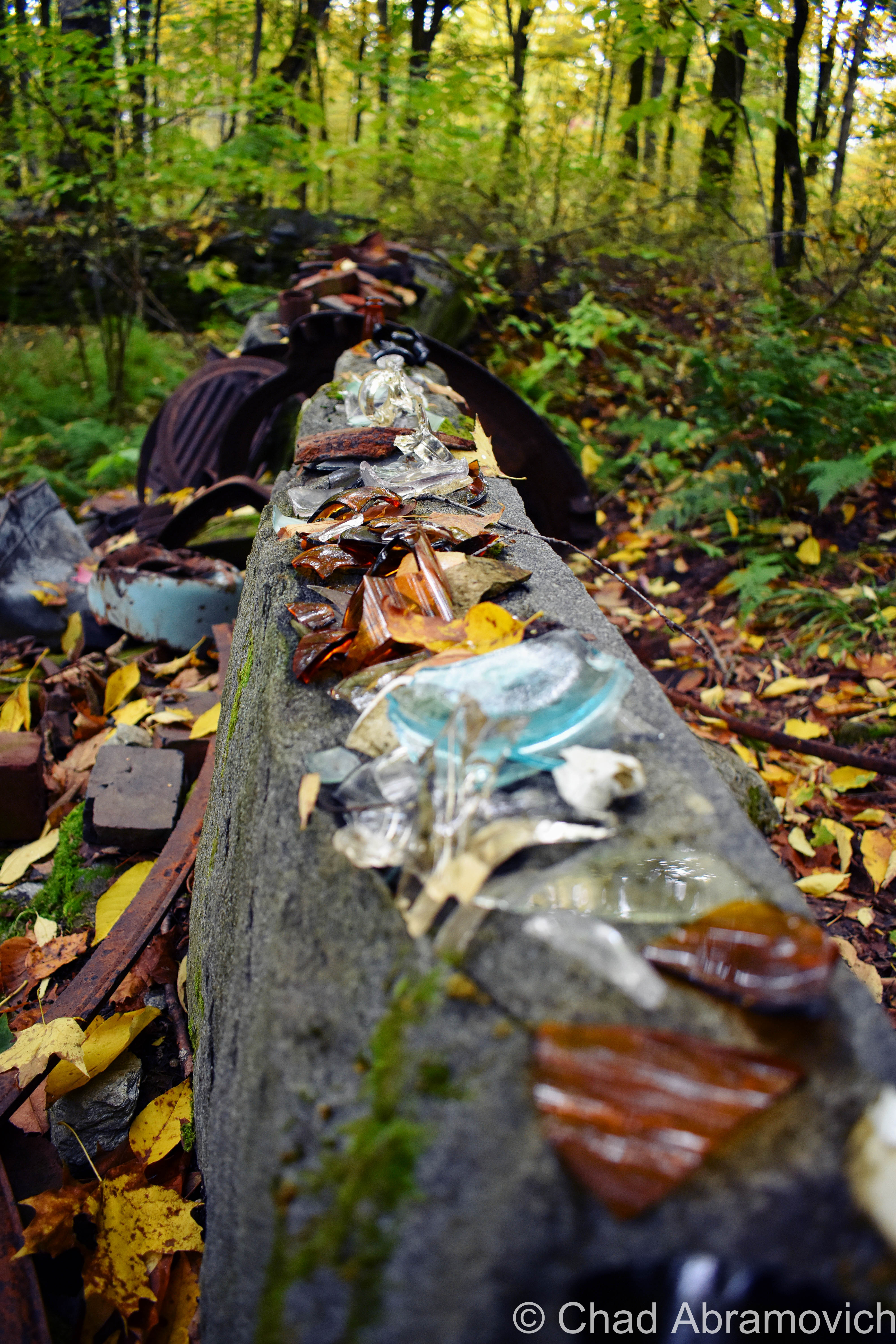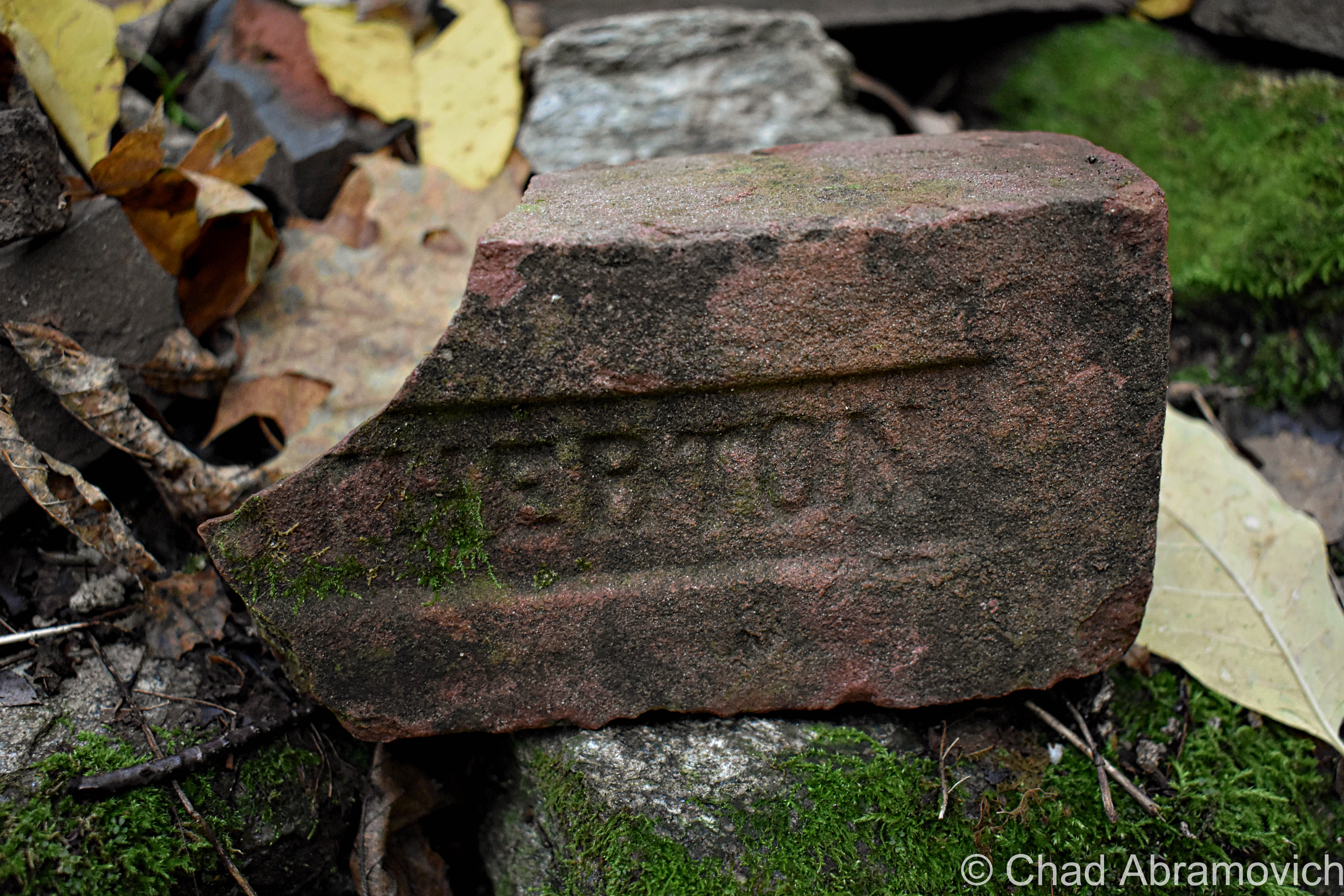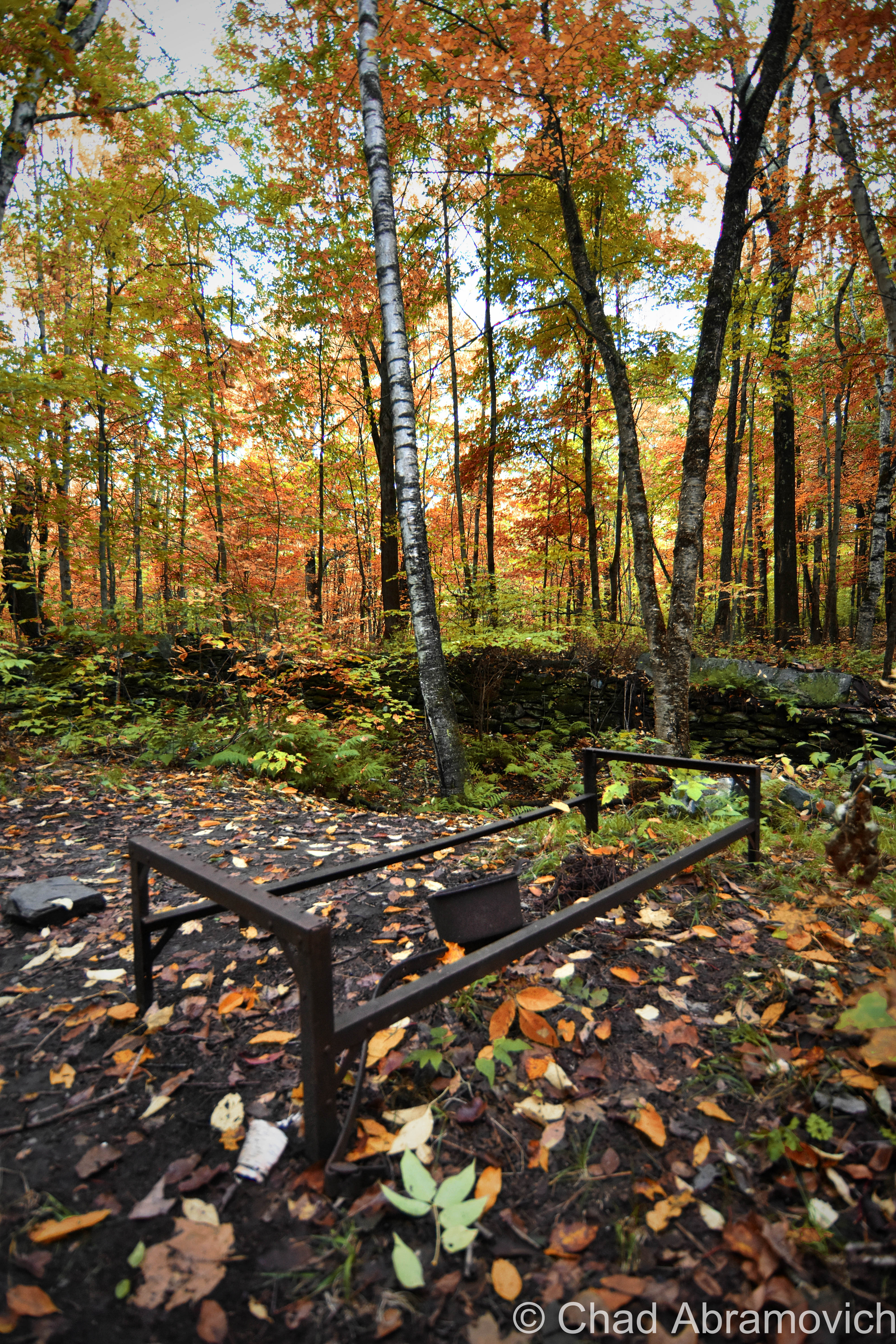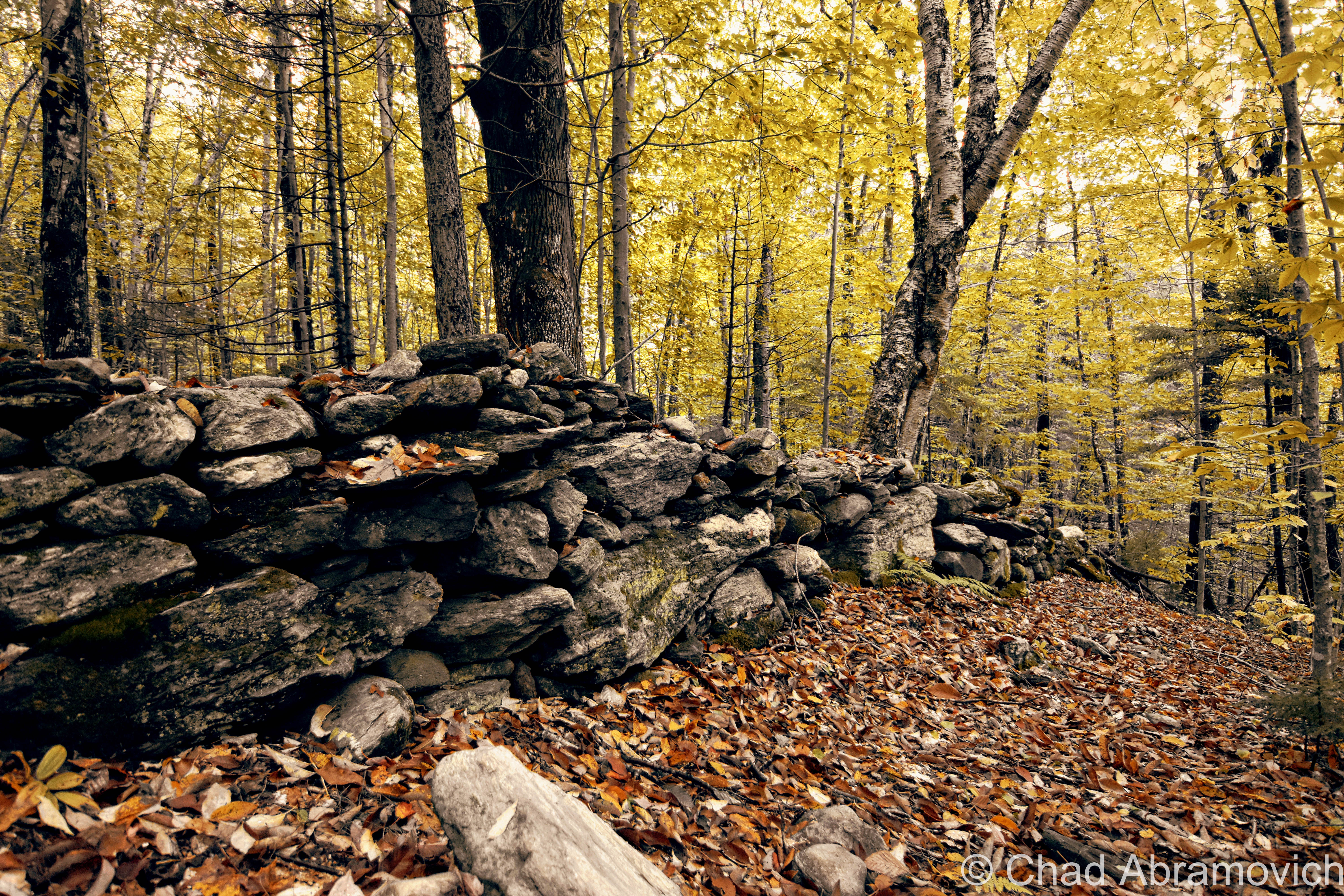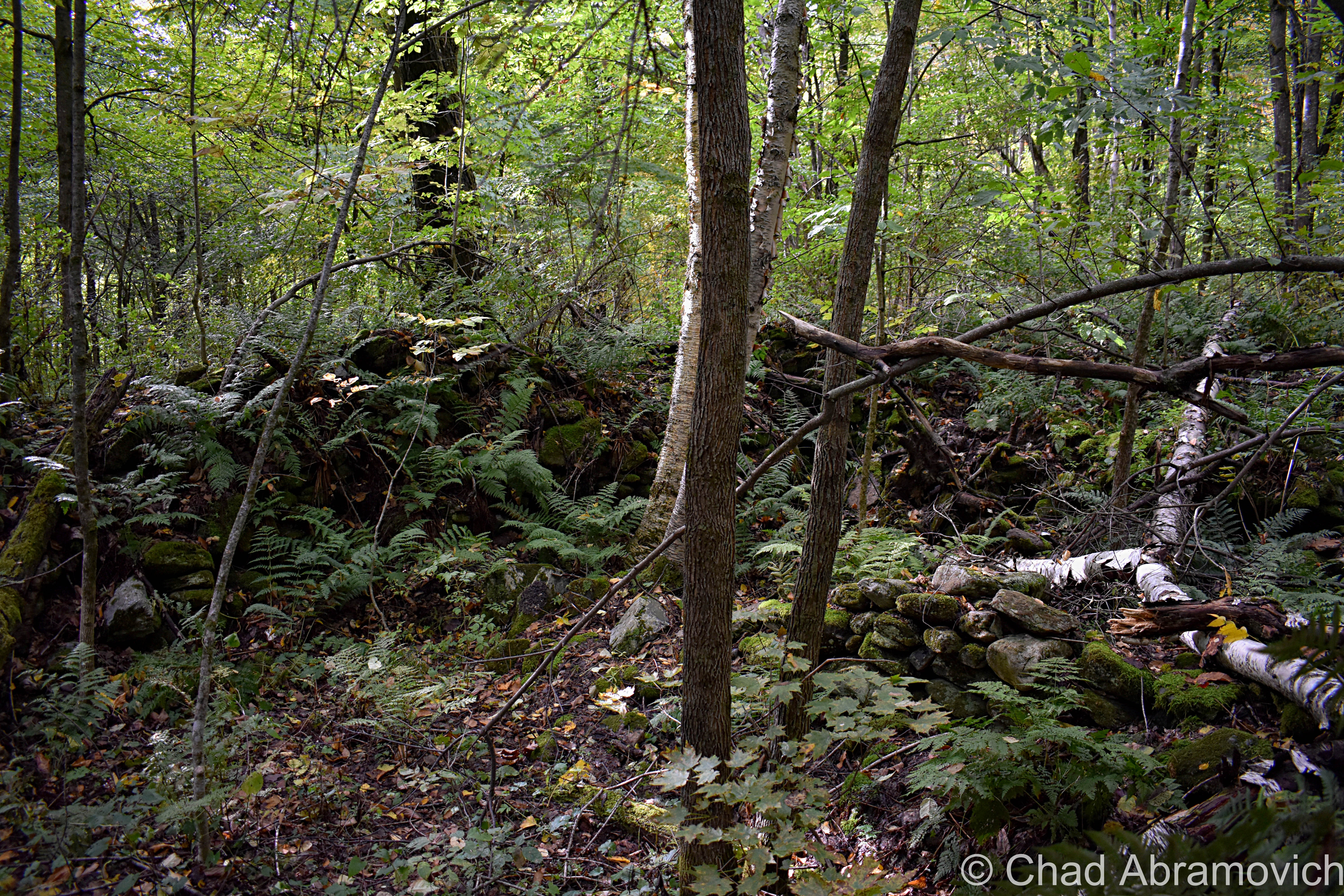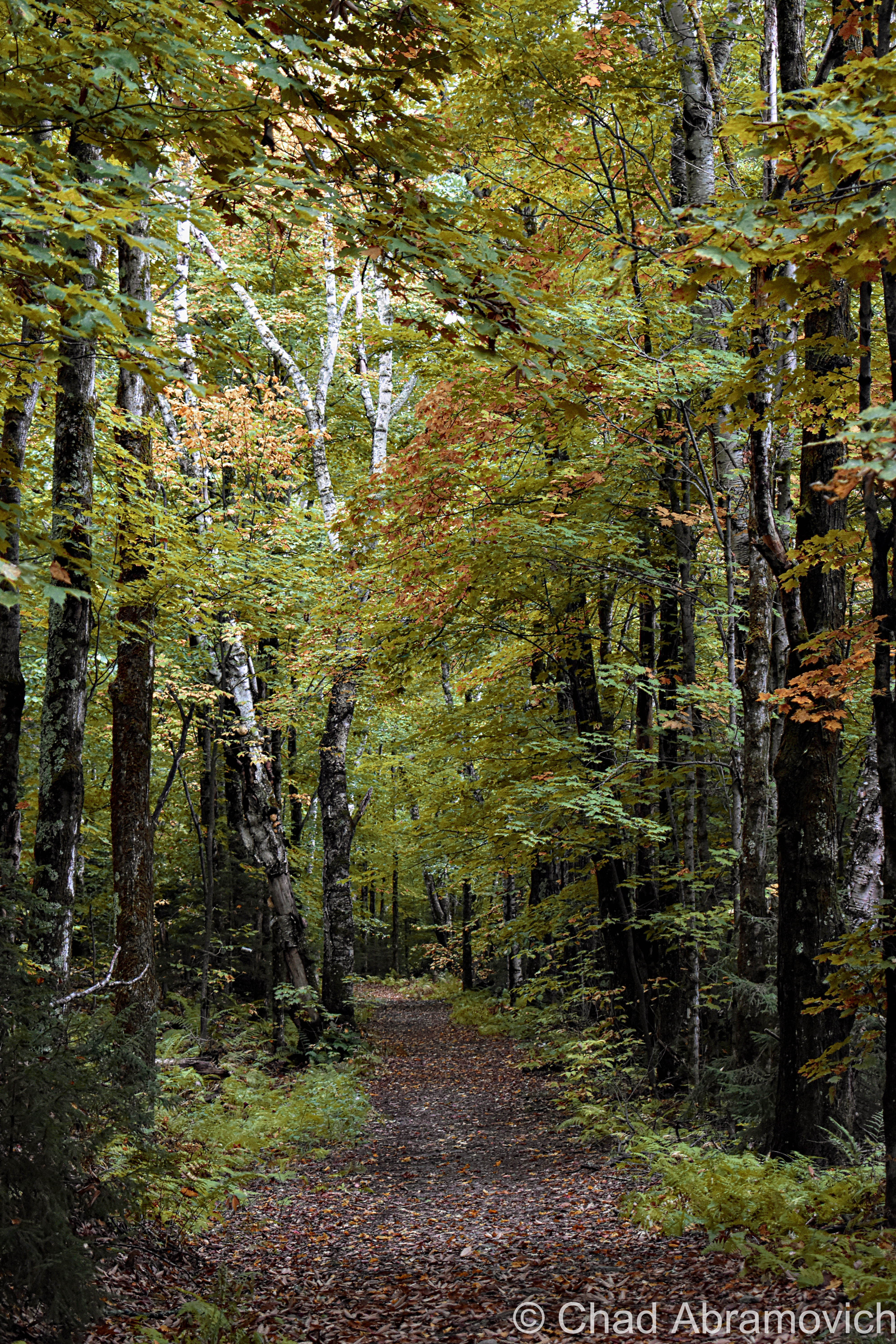The deadliest place in Vermont is simultaneously one of it’s least dead places. The head of the state’s public safety commission once dubbed the Huntington Gorge as “the deadliest place in the state”, and according to those who make it their business to track this sort of stuff, this is considered the most dangerous swimming hole in all of New England. But despite that macabre distinction, in the summer the chasm is absolutely crawling with bodies, energy, and canned beer, all which dive impetuously off of the dangerous cliffs.
It’s not hard to see the appeal to this spectacular rocky crevice carved deep into the Richmond hills. Vertical undulating cliffs rise intimidatingly around a twisting boulder deposited river that corkscrews through several waterfalls, ranging from 6 to 12 feet in height, underneath a ceiling of evergreen trees. But this stunning crevice successfully conceals real dangers, masking strong currents that can easily whisk an unsuspecting person away. With high levels of water rushing rapidly down a steep rise constricted in a narrow spot, it’s an easy place to be greeted by the grim reaper.
Some refer to the spot by its unofficial nickname; “The Hungry Gorge”, probably because of the place’s appetite for human beings. Since 1950, a great number of people have lost their lives here, but just how many people is up for debate apparently. A few books, newspaper articles and the Richmond town records list the number at 25, but other accounts say the number is probably high as 40. The victims’ ages so far range from between 15 and 30, and all lost their lives by drowning. This information may even be out of date by the time I actually get around to publishing this entry. The casualties even include heroic would be rescuers, including a state police officer who attempted to retrieve a body and drowned in the process. And the numbers continue to grow, despite numerous attempts to stem the death tolls.
The most tactile approach happened in 1976 when a band of locals got together and blasted away a dangerous underwater chute where several swimmers had gotten swept into and trapped by strong currents. But the gorge continues to take lives.
In 2005, a 19-year-old UVM student became another statistic when he slipped on some rocks and plummeted fatally into the gorge. Frazzled people wanted a solution. There were demands to make the gorge off limits entirely, with heavy trespassing fines as intimidation to visitors. Some even wanted to build a giant wall around the gorge. That same year, Gary Bressor would purchase the property for $20,000 to preserve it and keep it open to the public, so future generations can continue to enjoy the unique area – or as others would argue, so future generations can die here. It’s a matter of perspective I guess.
The purchase made other gorge goers happy, unequivocally saying that anyone can enjoy themselves here, you just need some common sense and some information – something I’d agree with. Bressor was one of those people as well, so he bought the land to stop the quarreling over what to do with it and formed the Huntington River Gorge LLC, who wish to protect and preserve the natural area. Because it’s now under private ownership, an official ban isn’t possible.
But why do so many seem to die here? Apart from entrapping geography, the answer may lie within its tourist population. Many people who drown here are out of towners, who aren’t aware of the gorge’s concealed dangers, seeing things through youthful impunity. The surprising and frustrating thing about Huntington Gorge is that some of the deaths here could have been easily avoided. According to my research, a few deaths were related to drug or alcohol use before diving in. And sometimes, well, accidents just happen.
The locals know when to avoid the gorge, especially when the river is swollen with high runoffs from snow melt or rainwater, and they know where the safe parts are to swim. Some people have lived near the gorge all their lives and have never set foot down there.
A drive up Dugway Road, the dirt thoroughfare that runs along the rim of the gorge, reveals a plentiful amount of parking ban notices and warning signs nailed to any available tree or fence post that would be visible through a windshield. At the top of the gorge sits an official dark green state historic marker chronologically listing deaths here over the years. But the dates end ominously in 1994 which was probably around the time the sign was erected, and an updated replacement hasn’t been commissioned yet – if it ever will. There is talk of even more signs are planned to be erected when the project gets official zoning approval. But, knowing how human nature works, those signs won’t be of much help unless the visitor actually chooses to heed their warnings. Despite the dangers, this swimming hole remains widely popular, partially because of it’s harrowing reputation, or maybe some just have a perverse interest in tragedy. Humans have always had a fascination with death after all. That’s partially the reason why I visited. Also because I run a blog on Vermont weirdness, and love being outdoors.
Regardless, it’s easy to fall for this site’s charm and majestic splendor. Even in the dead cold of winter when I first visited, it was impressive. Icy waters churned over the surfaces of halfway frozen waterfalls and the cacophony of solid vs. liquid echoed up over the gorge walls. But I stayed well away from the edges, because a very slick layer of ice had glazed over the rocks, and I definitely didn’t want my name emblazoned on a tragedy induced warning sign.
Having a blog has offered quite a crash course on social culture. One of the benefits is befriending cool people through it. My friend Timothy is one such person. We hit it off last fall and even went on a few adventures together. He grew up down the road from the gorge as a kid and agreed to show me around on a sultry summer day.
After a morning of metal detecting at a ghost town and being pestered by mosquitoes, a dip in the Huntington River sounded fantastic, and visiting with someone who was intimate with the place excited me. I wanted to know it’s secrets and it’s stories. But within minutes of arriving, I wanted to go home. The gorge was thick with people in sports jerseys and cheap beer. Timothy groaned and said he missed the days when the gorge something that really only the locals knew about. Today, it’s all overran with bros and frat boys he complained, who, at least on that particular day, were making quite the ruckus as a crew who set up camp on a rock below were challenging someone’s manhood as they waited to see if the guy would jump off the cliffs as a group of distantly perched girls laughed snootily at them. There’s nothing wrong with people flocking to a great spot on a hot summers afternoon, it just wasn’t my particular scene.
Subsequently, the growth of the college kid crowd pushed out a lot of the locals from the gorge said my friend. When he was younger in the 90s, he loved spending his summer days there as he developed a fascination with diving off of the cliffs. Doing this, he got to know several of the old timers who were very familiar with it and knew all of its secrets and idiosyncrasies, like the best places to jump, when to go, and places to avoid. During this time, he explored every nook he could and got very familiar with it. During one of his dives, he found a wheel from a car that was from the early 20th century. On his other expeditions, he told stories of caves he found, and how if you were patient enough after diving into a pool near the falls, minnows would swim into you, hundreds if you had the patience. There are even certain rocks that have seen so many people sunning themselves or used as a launching point to jump off of that they have grooves in their surfaces now. “I remember always trying to make it down there before ten in the morning when I was a kid – that was always before the crowds would come down – and you’d always see the usual people, all jumping off the ledges and trying to out-do one another in the flamboyance of their dives. But it was all in good fun, and some of those guys were really good. Others looked up to them. Everyone knew each other, it was sort of like a club”. Today, those characters may have more or less, vanished from its boulder strewn walls. To my surprise, one of the last vestiges of older crowds to still hang out here, are nudists. We saw a few on our trek down the ledges to the river.
But the gorge is so popular, its entangled its way inside the frothy forefront of local legends. Some put enough emphasis on the gorge in conversation as if it’s the only swimming hole in the area, sort of like how Vermonters refer to Lake Champlain as “the lake”, even though Vermont has numerous other bodies of water.
As we were cringing at the site of a 20 something-year-old girl try to park an orange VW Bus, which was continuously ending in a position where two of the four wheels would be lifted off the road, my friend postulated that he thinks some of the locals might be hanging out at the upper gorge again. The upper portion of the gorge was the original gathering spot for visitors, and the locals hung out at the lower portion away from the crowds, until bad press moved most of the frenzy down to the lower gorge. But here’s the thing; both parts of the gorge are just as dangerous as one another. The only difference is that one area has been stained by hysteria and numerous signs about death, and one hasn’t.
Not surprisingly, a location with such grim stories attached to it has also spawned a few ghost stories. The only one I heard was years ago, where an unsuspecting swimmer was resting on some rocks and got a creeping feeling that someone was watching them. When they gazed around, they noticed a fully clothed teenage boy staring at them, standing on top of a large boulder down river a bit. But they noticed he was sopping wet, and he was standing there still as a stone. Concerned, the swimmer went to stand up, thinking that the boy may have needed help, but when they turned back around, he was gone. It was an open area, so he couldn’t have managed to clamber back up the gorge walls without being detected. But somehow, he had completely vanished. Whether these grim cautionary stories are preternatural occurrences or a local method of driving people away is anyone’s guess.
But the Huntington Gorge’s grim veneer isn’t exclusive. All swimming holes have the potential to be monstrous places if the right circumstances are applied. And seemingly, it seems to be a certain shade of visitors who ruin these sort of places, as opposed to the places themselves. A bit north, the landmark Bolton Potholes are a good example.
Bolton town is an often interstate passed Chittenden County fringe town where it’s old designation as “the land of boulders and bears” is undiluted verisimilitude. It’s charted land acreage is mostly taken up by steep rises in elevation, which suck for farming, but are great for outdoor recreational pursuits like a ski area and part of the 250 mile Long Trail.
A go-to summer relief for many area Vermonters, the potholes are where 3 impressive glacial waterfalls that pour into emerald-tinted holes are formed where Joiner Brook plunges about 45 feet down the Bolton slopes. It’s a cool area, but now days, the site also draws other sights in the form of large herds and obnoxious visitors, who litter, crowd the road and party there which bothers both long time visitors and denizens of the road that runs alongside of it. I used to go there as a teenager, but not so much anymore, opting for quieter locales.
Every action has a reaction, and now, there is talk of possibly closing it or restricting access to the public. Maybe. There is also a fight against that, wanting to keep these special places accessible for present and future Vermonters, which blew up on the Vermont subreddit page. Only time will tell, I guess. I’m more on the side of using common sense, and that it would be a shame to loose our state swimming holes – a deep-rooted tradition up here which is something that we tend to dig a lot. They’re free, all inclusive, and often outlandishly beautiful. The type of thing that summer memories up here are made of. But if you trash the place, well, your part of the problem.
If you visit, just be careful.
—————————————————————————————————————————————–
This summer, my camera has developed some technical problems that are above my ability to fix them, and I’m trying to save up some money to have it diagnosed by a professional, and then for subsequent repairs. Because my camera is self designated as the most important item I own, this is a real bummer for me. Any donations would be hugely appreciated.
As you all know I spend countless hours researching, writing, and traveling to produce and sustain this blog. Obscure Vermont is funded entirely on generous donations that you the wonderful viewers and supporters have made. Expenses range from internet fees to host the blog, to investing in research materials, to traveling expenses. Also, donations help keep me current with my photography gear, computer, and computer software so that I can deliver the best quality possible. Seriously, even the small cost equivalent to a gas station cup of coffee would help greatly!
If you value, appreciate, and enjoy reading about my adventures please consider making a donation to my new Gofundme account or Paypal. Any donation would not only be greatly appreciated and help keep this blog going, it would also keep me doing what I love. Thank you!
Gofundme: https://www.gofundme.com/b5jp97d4


